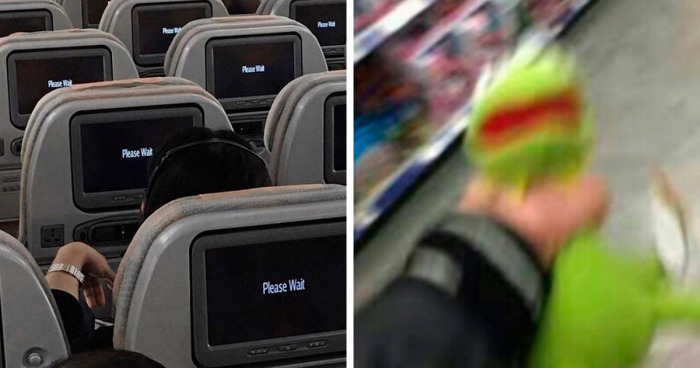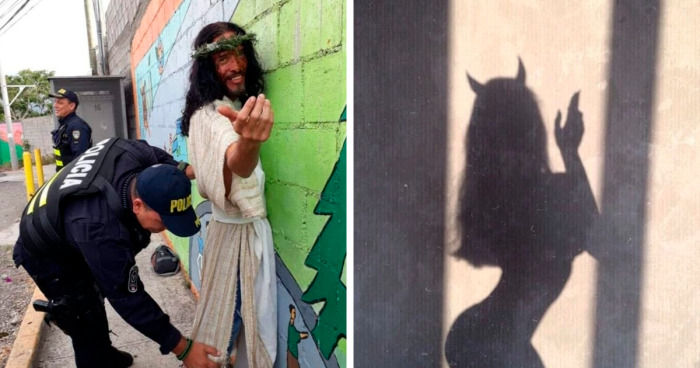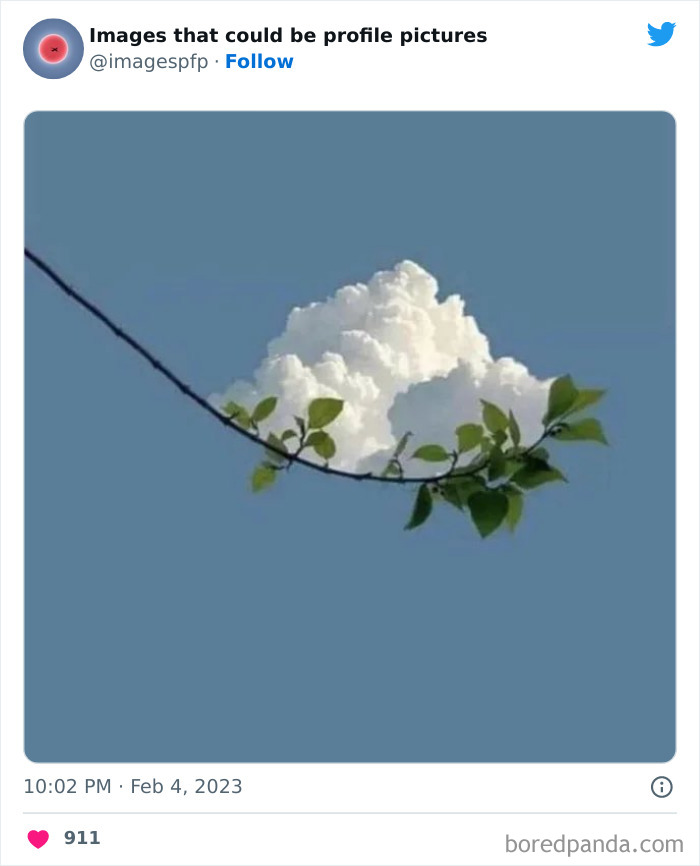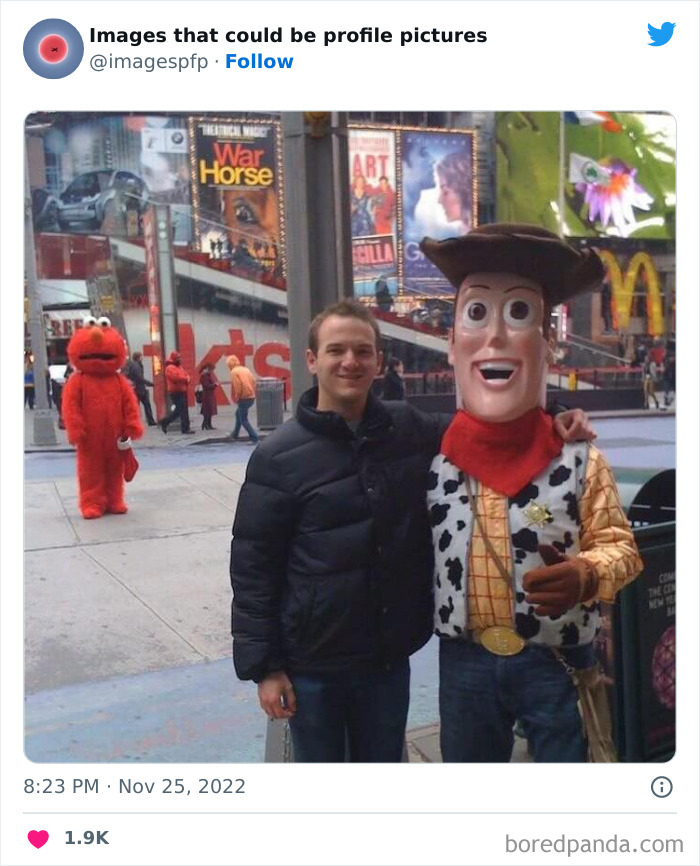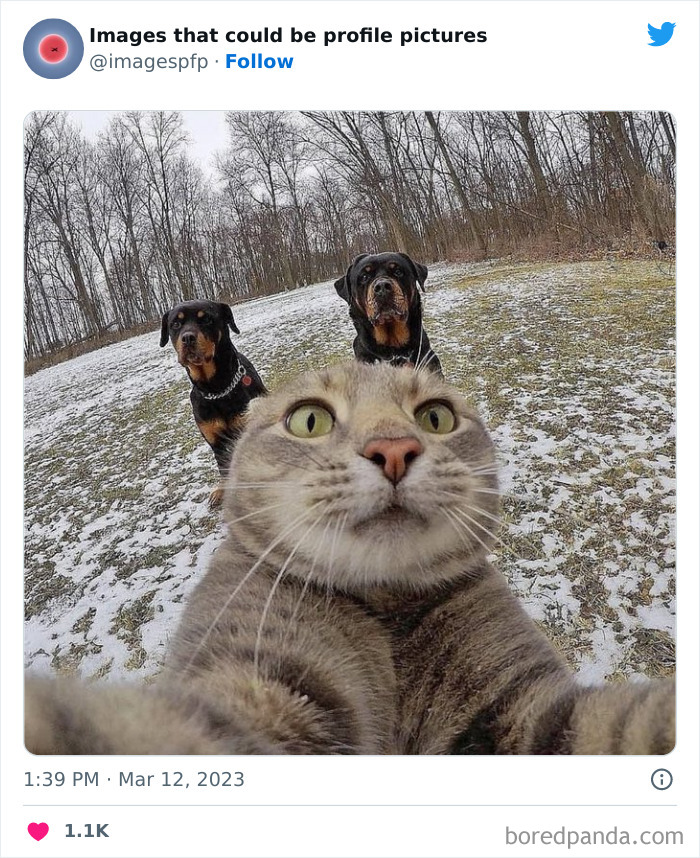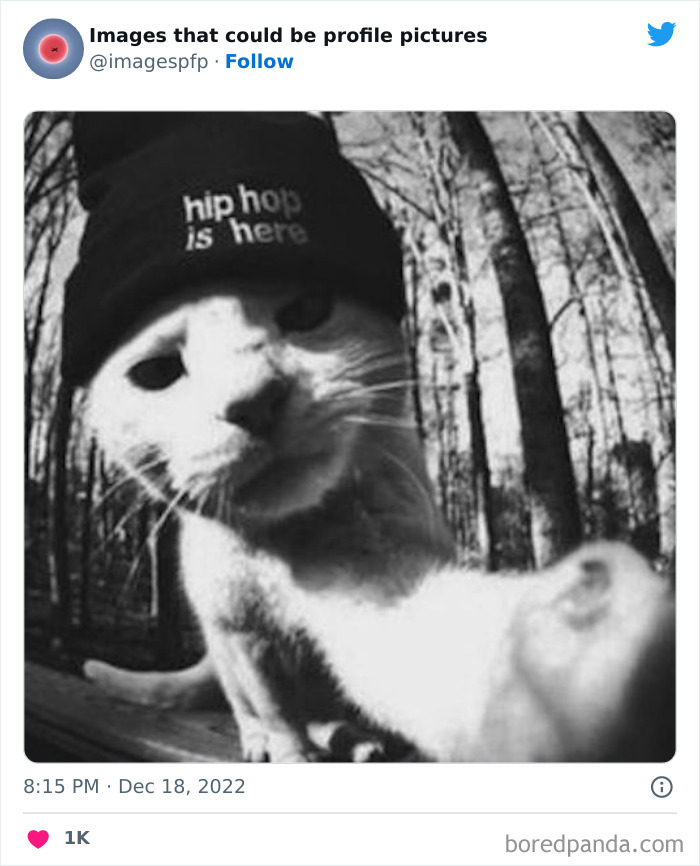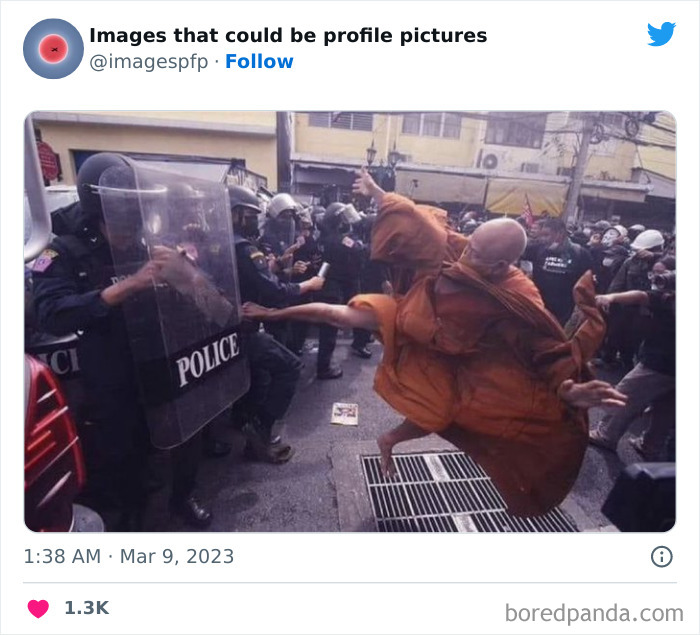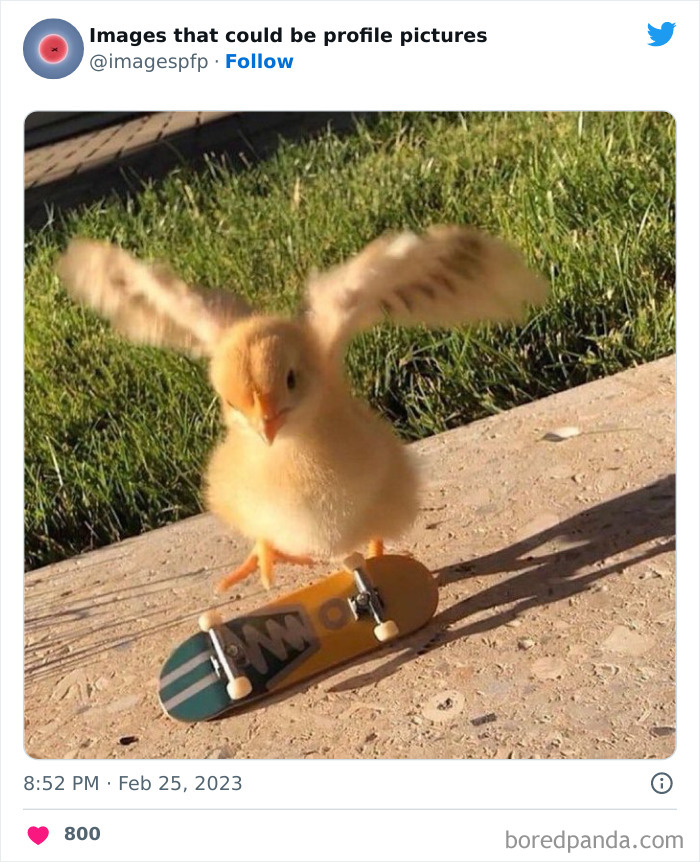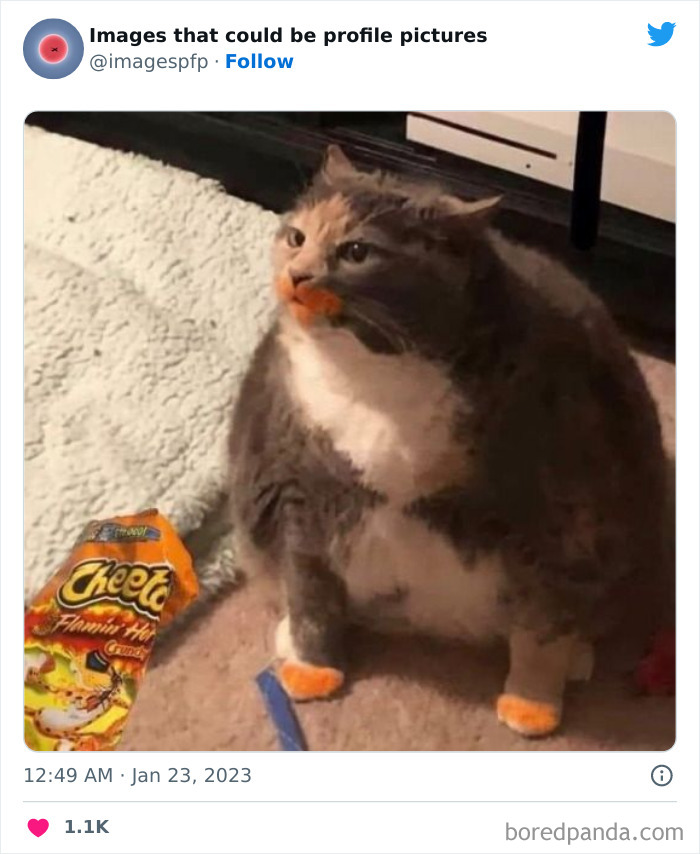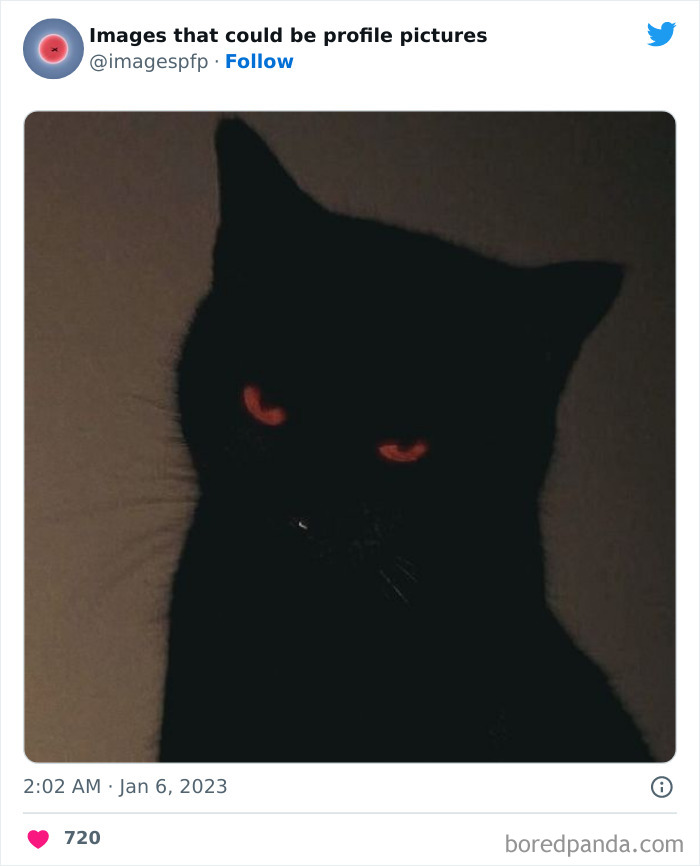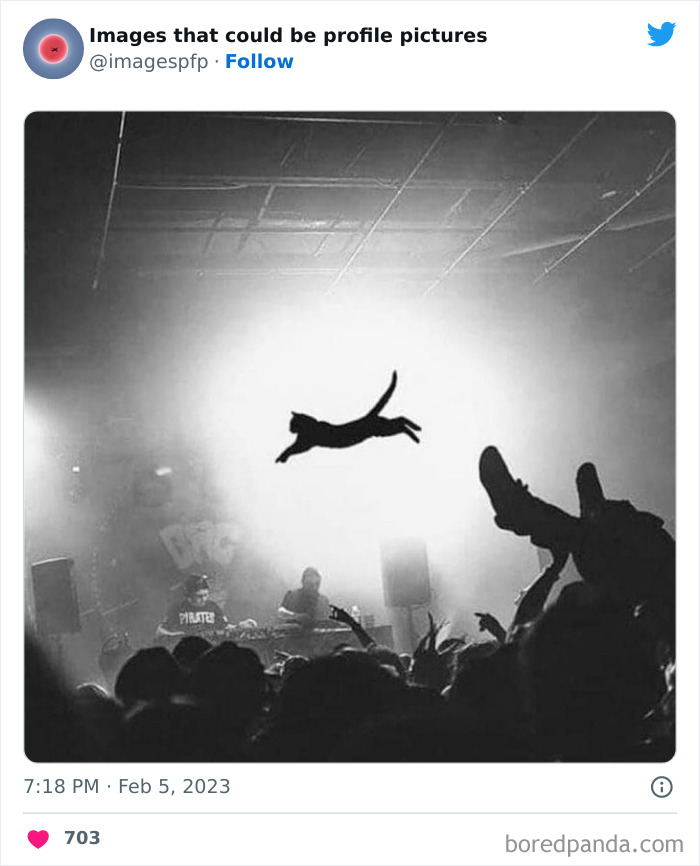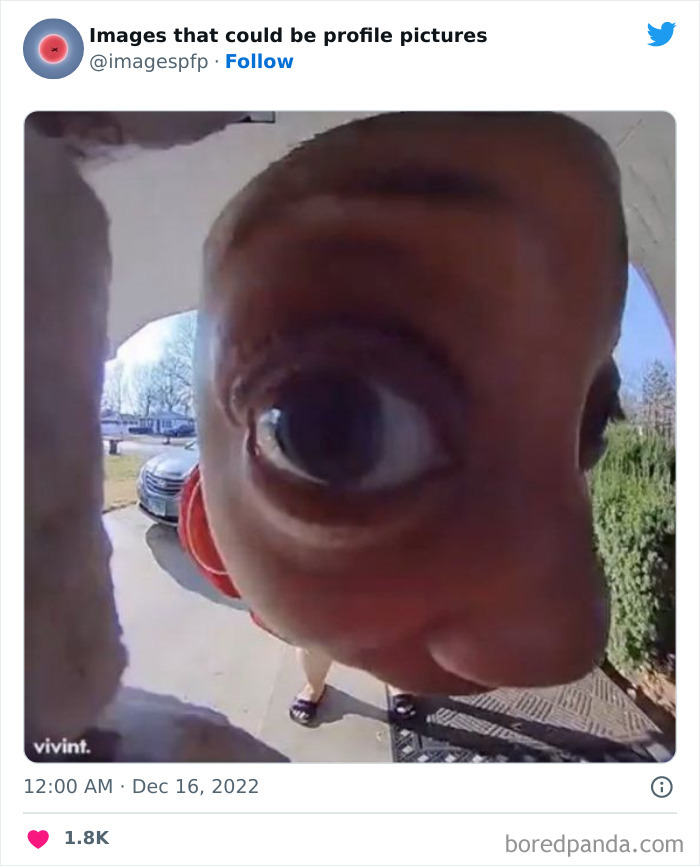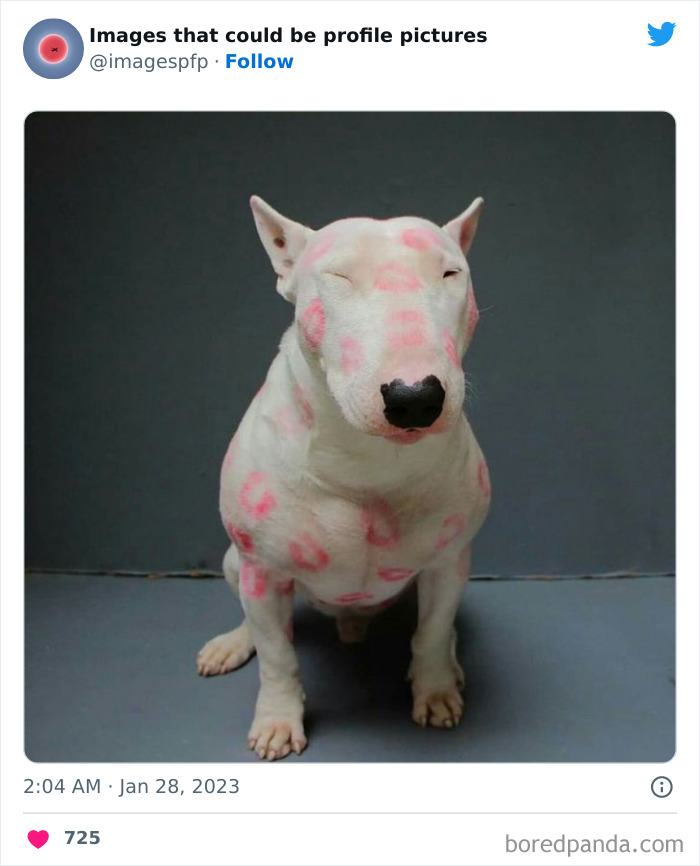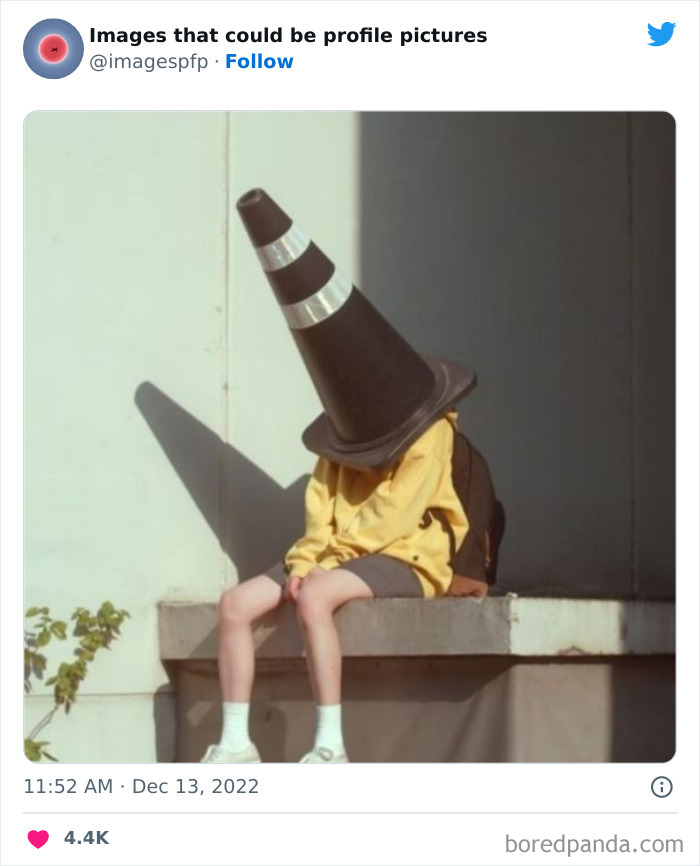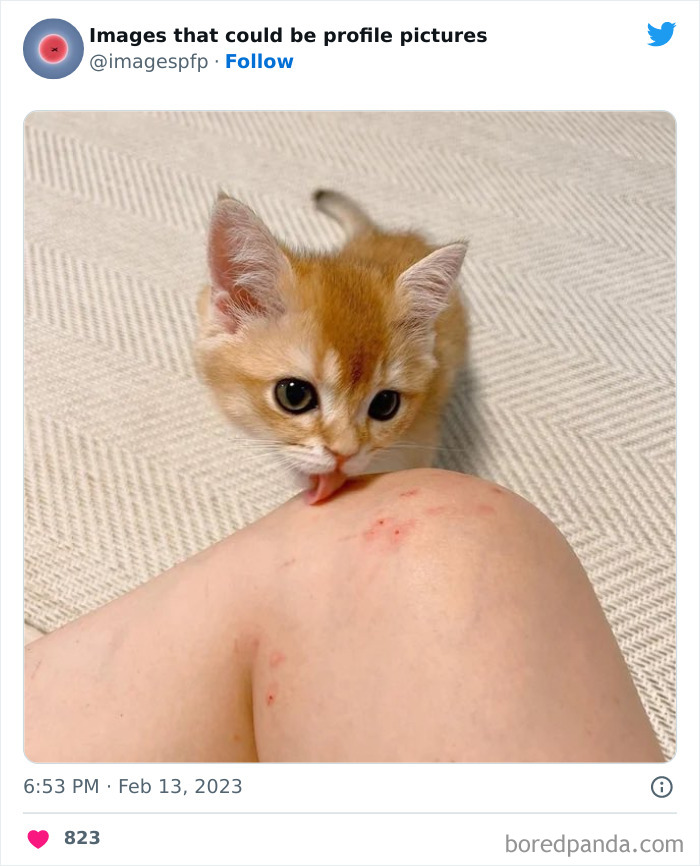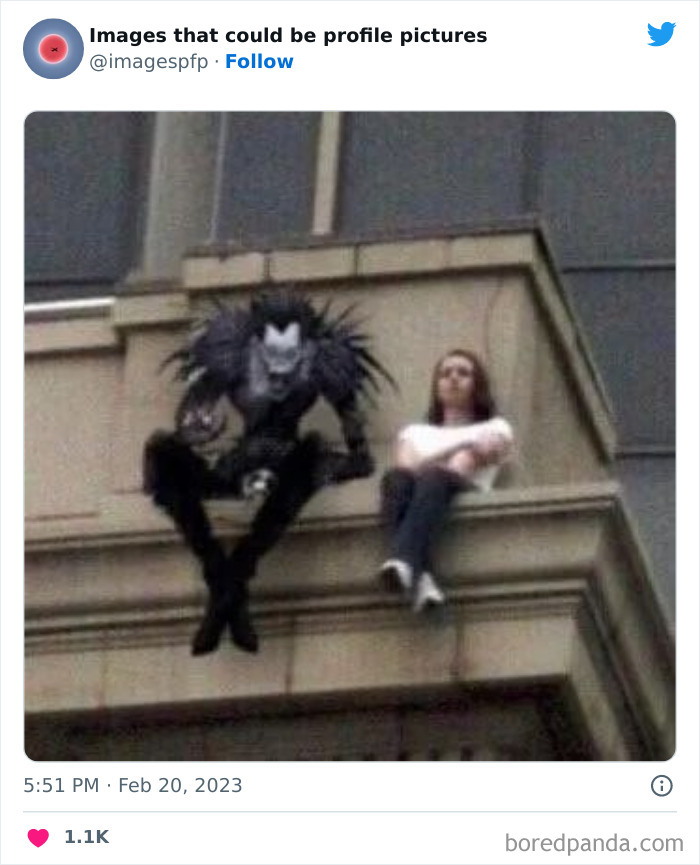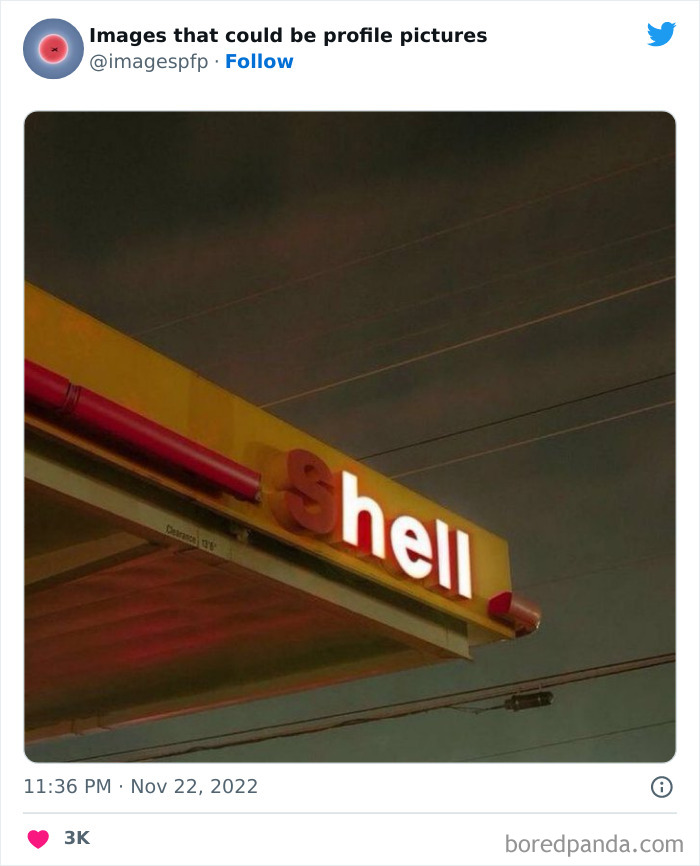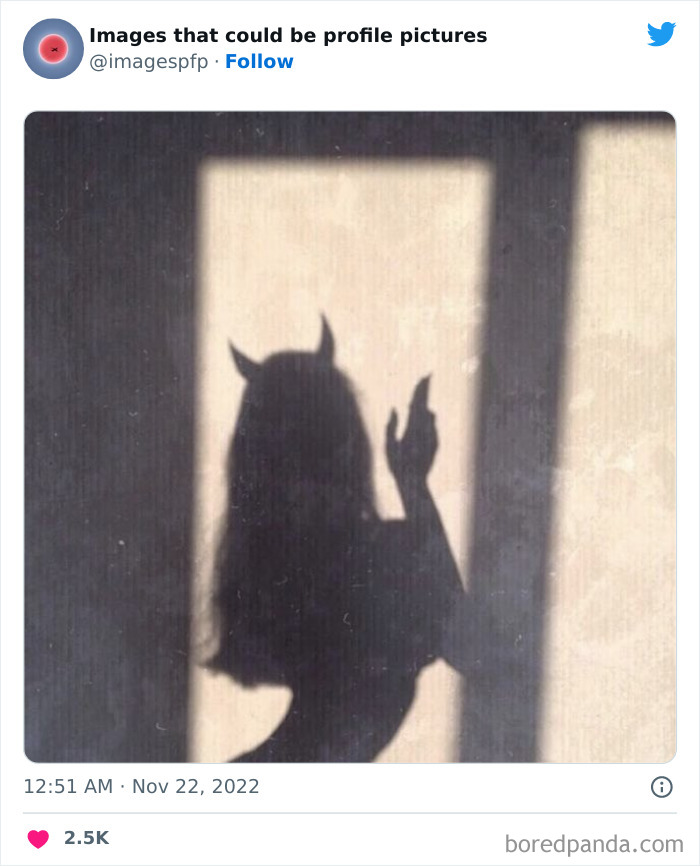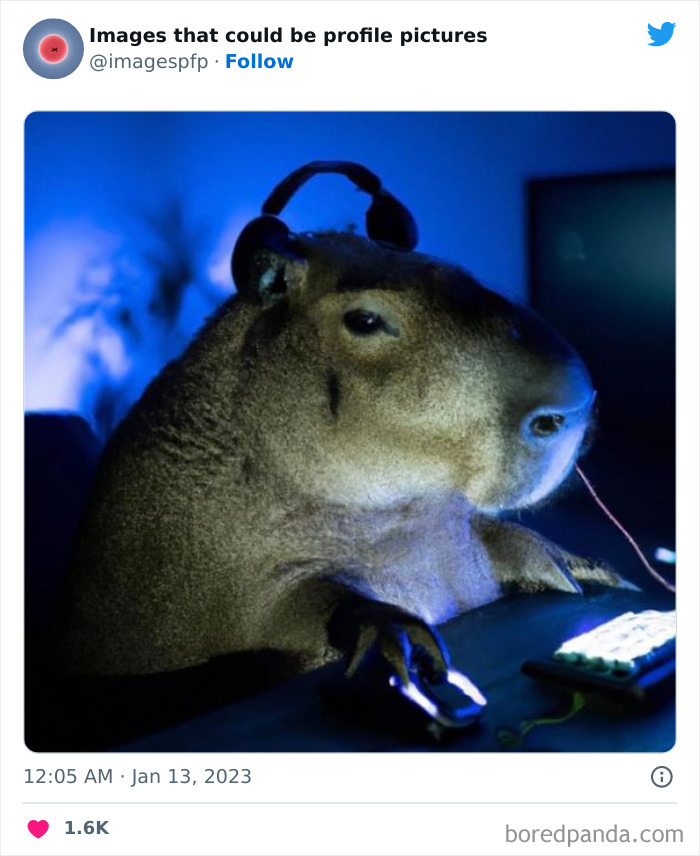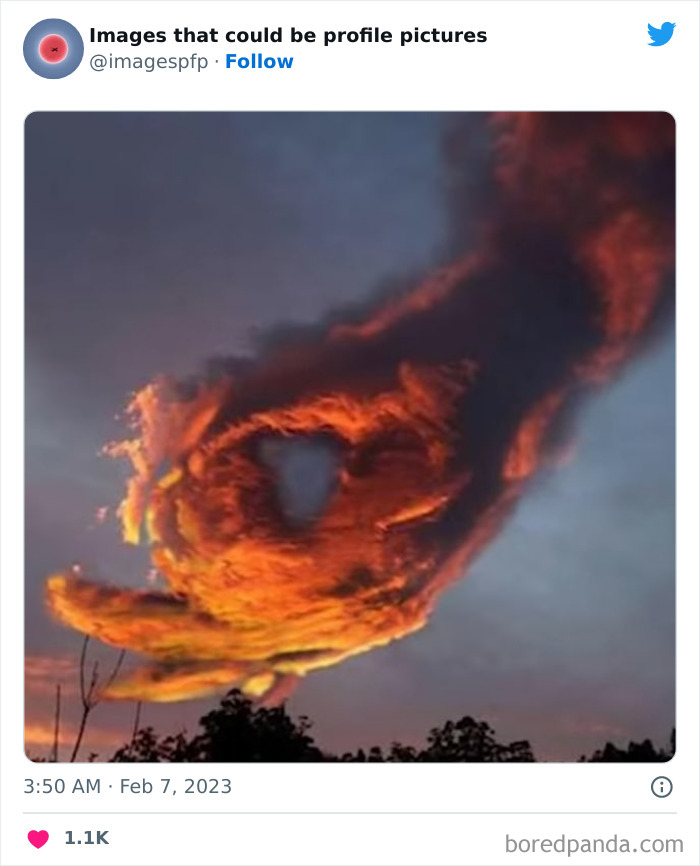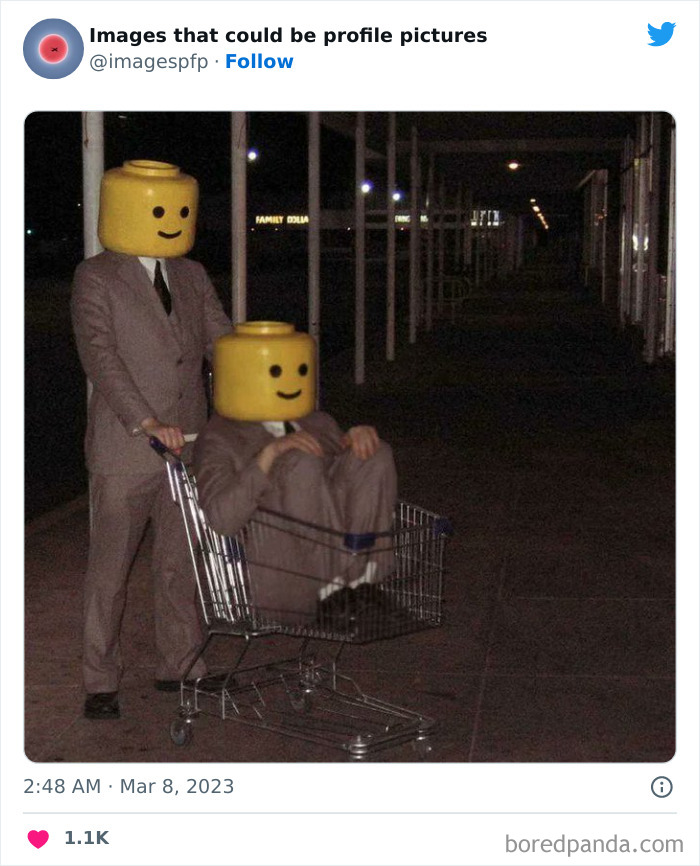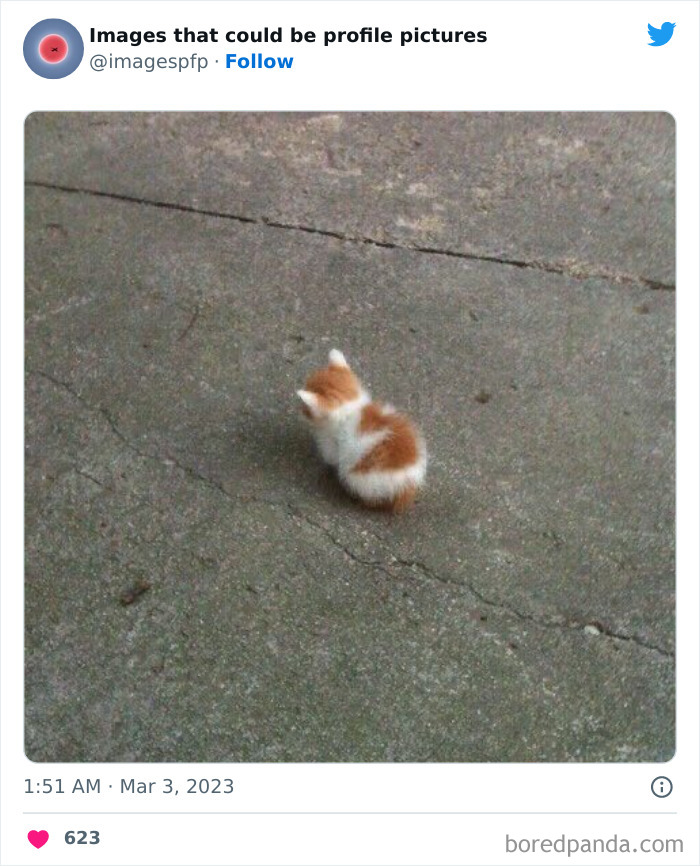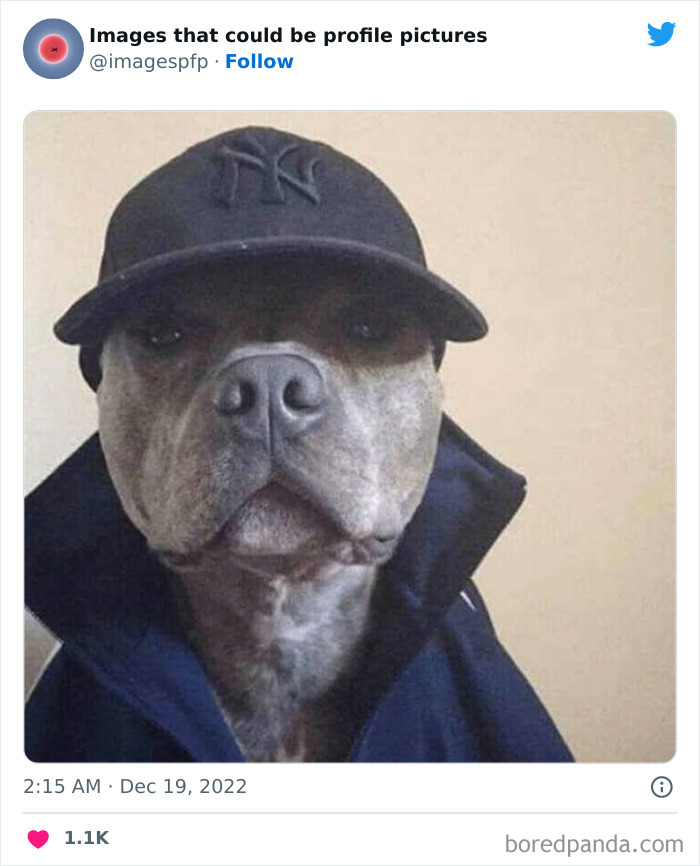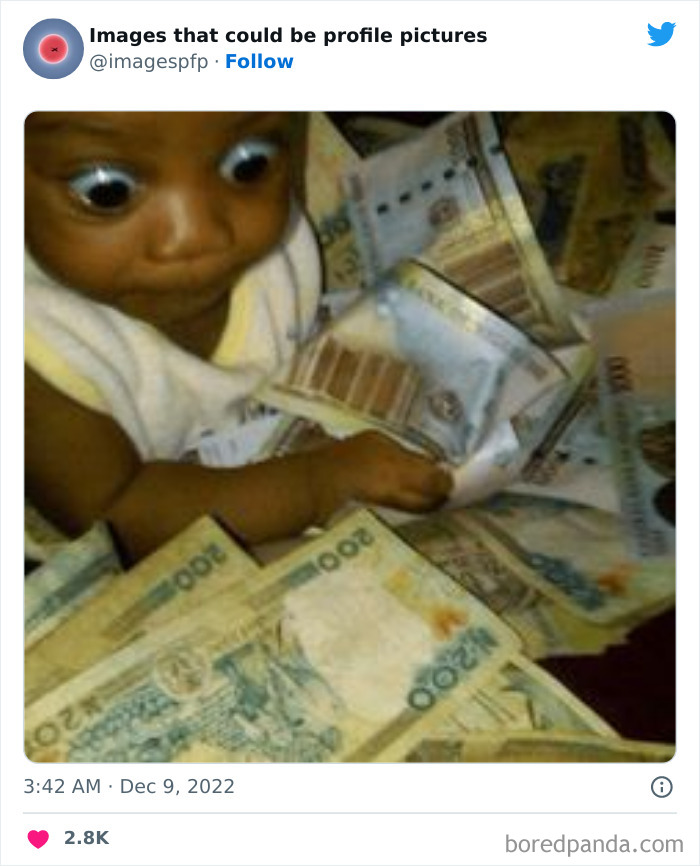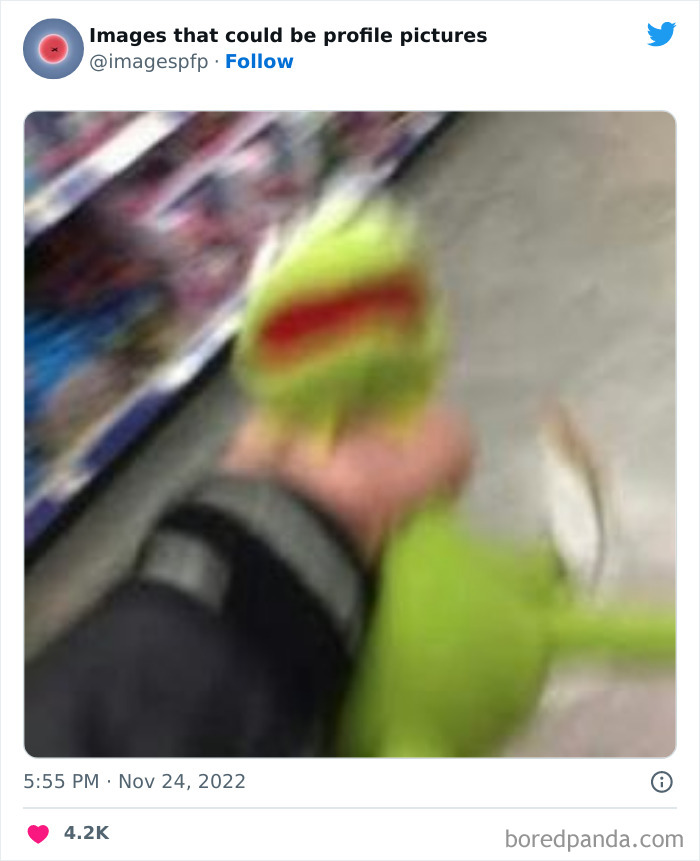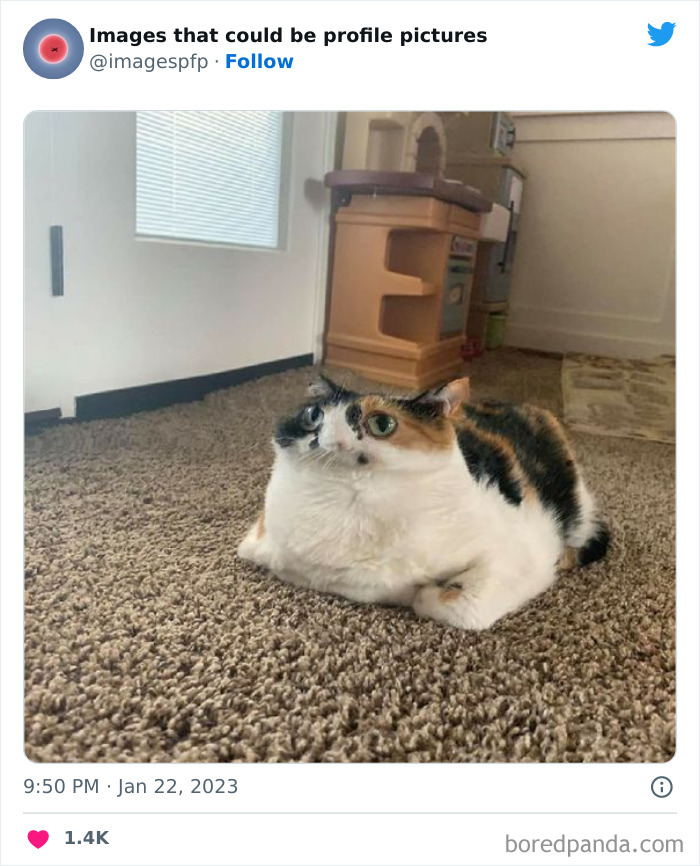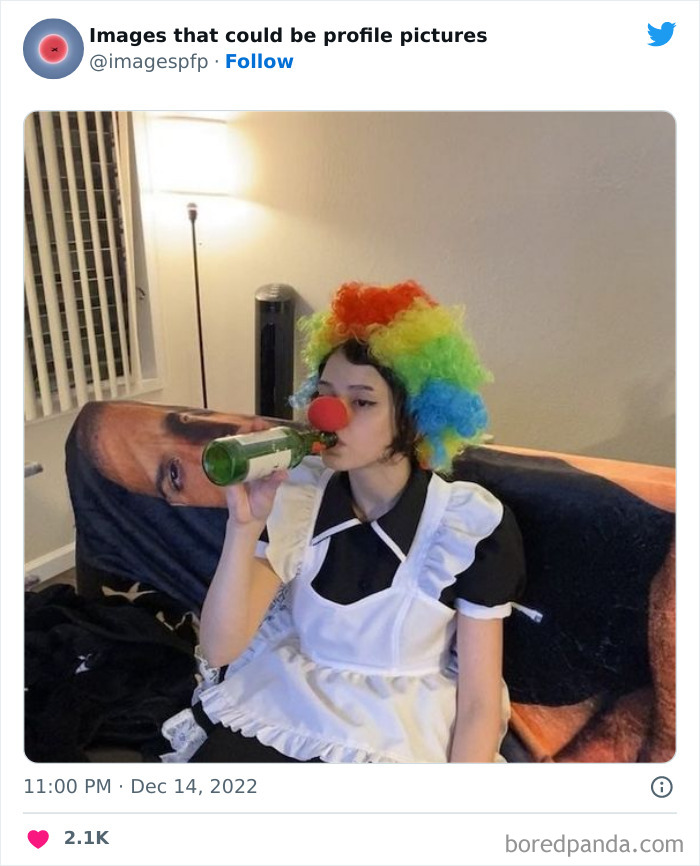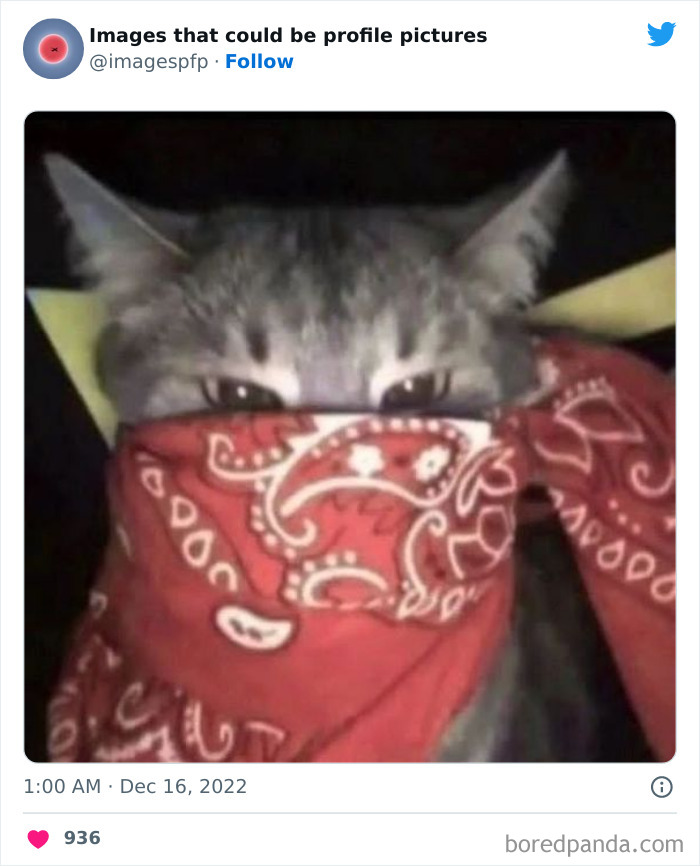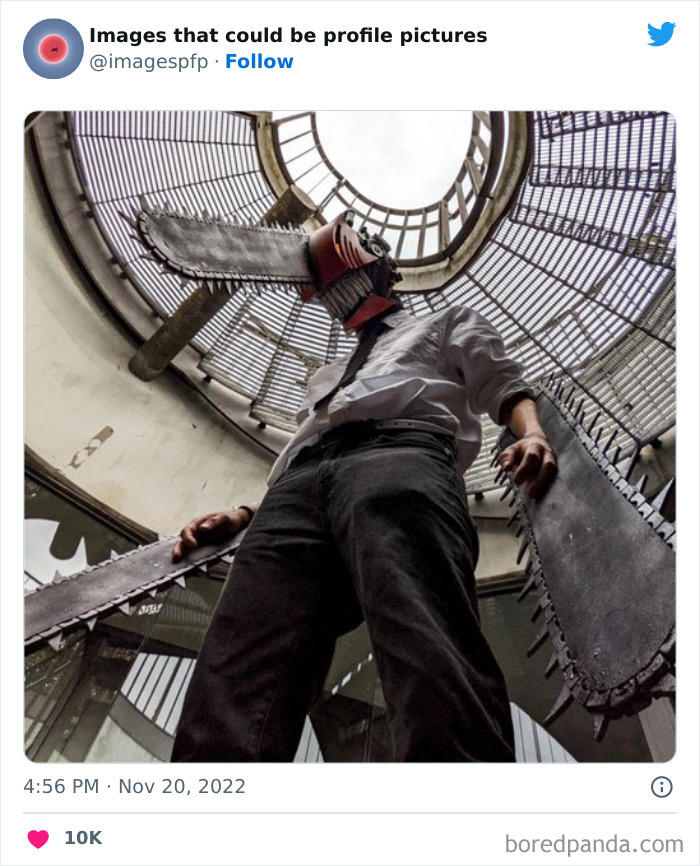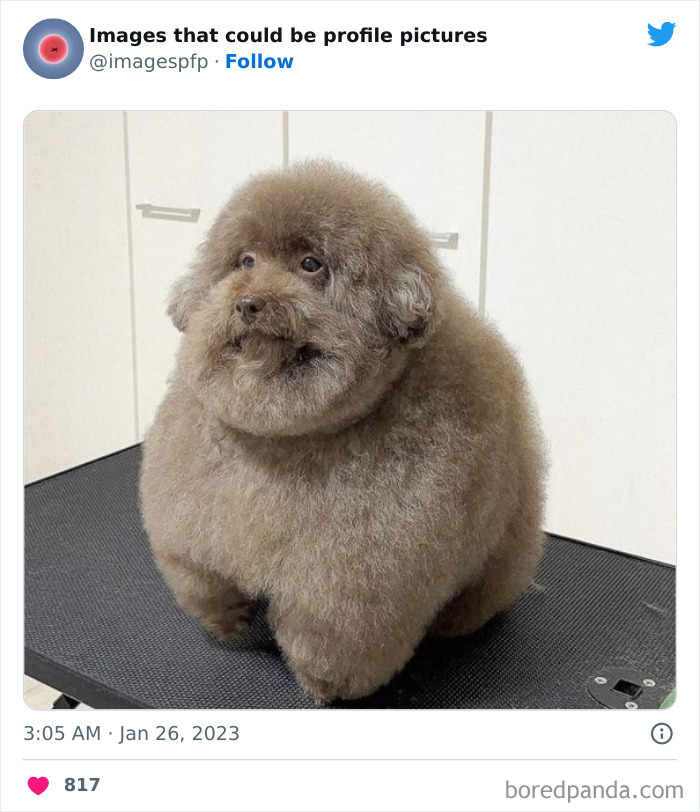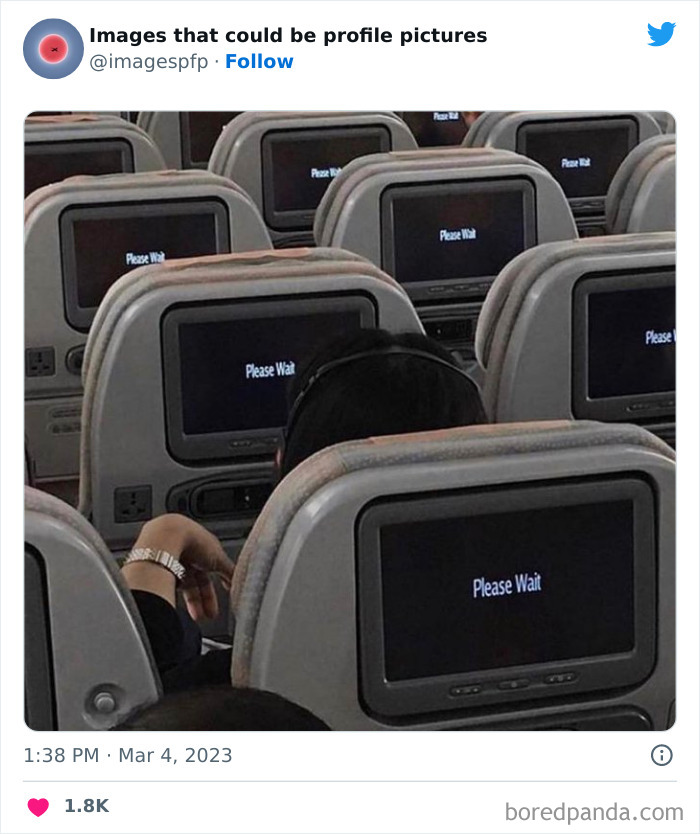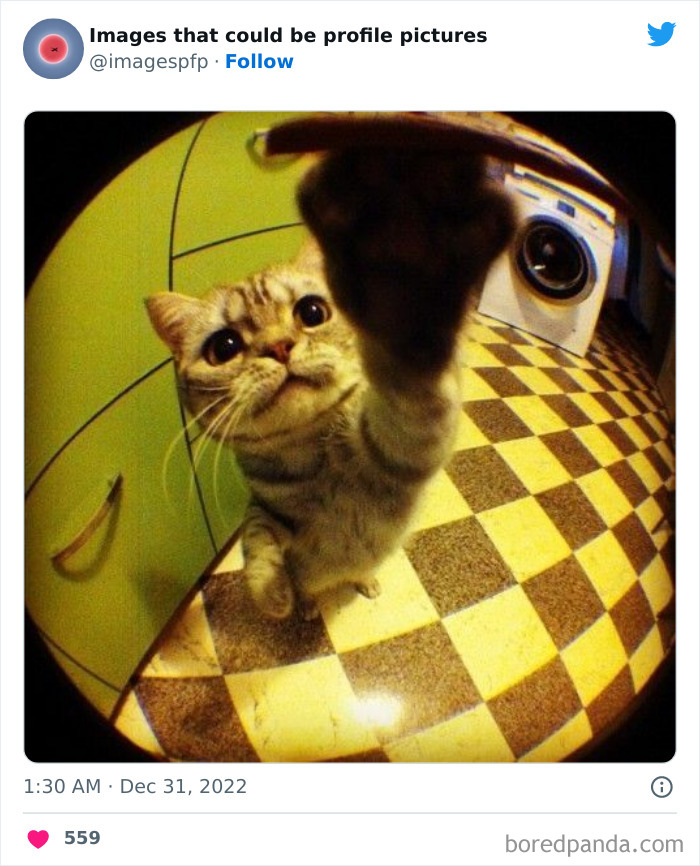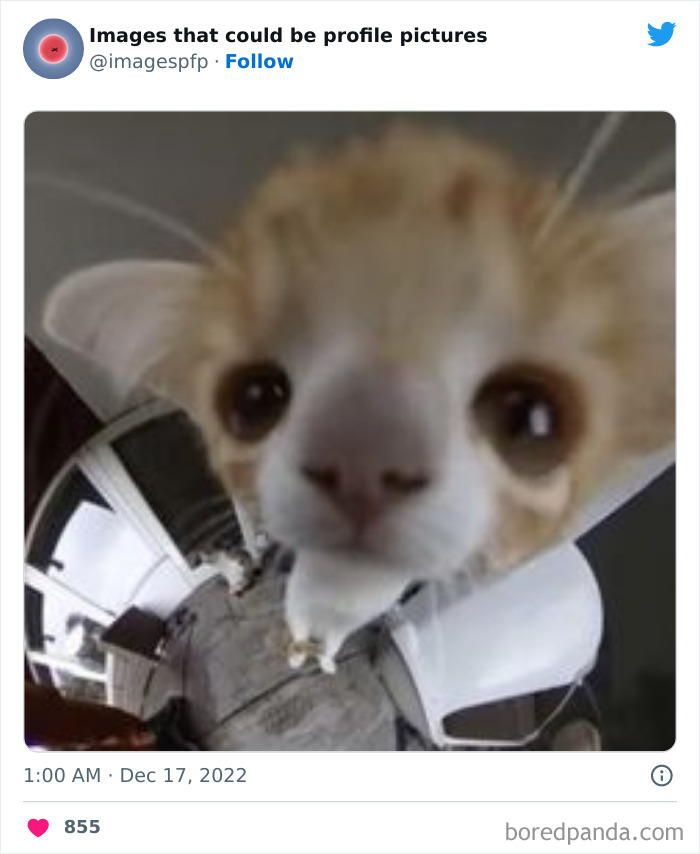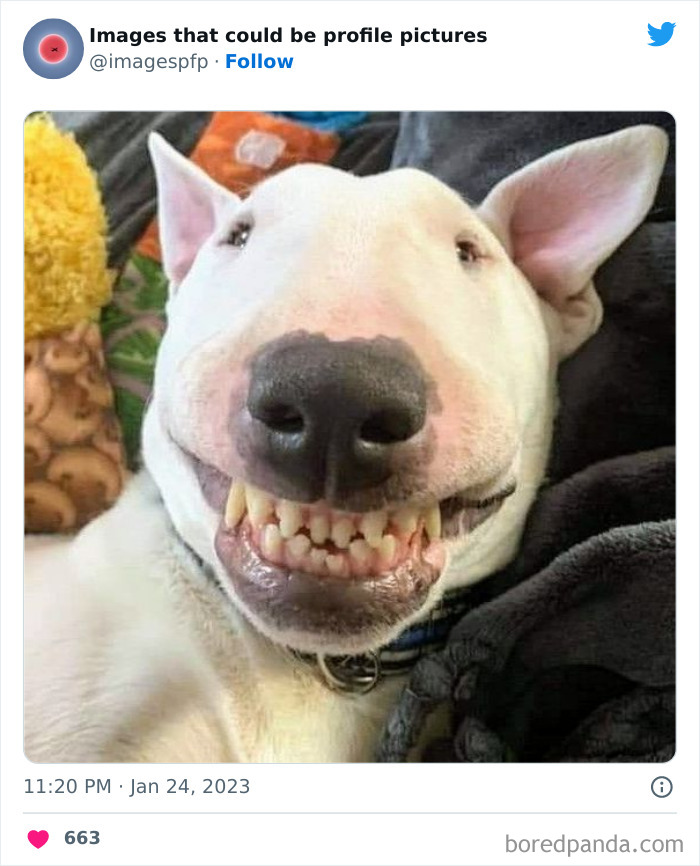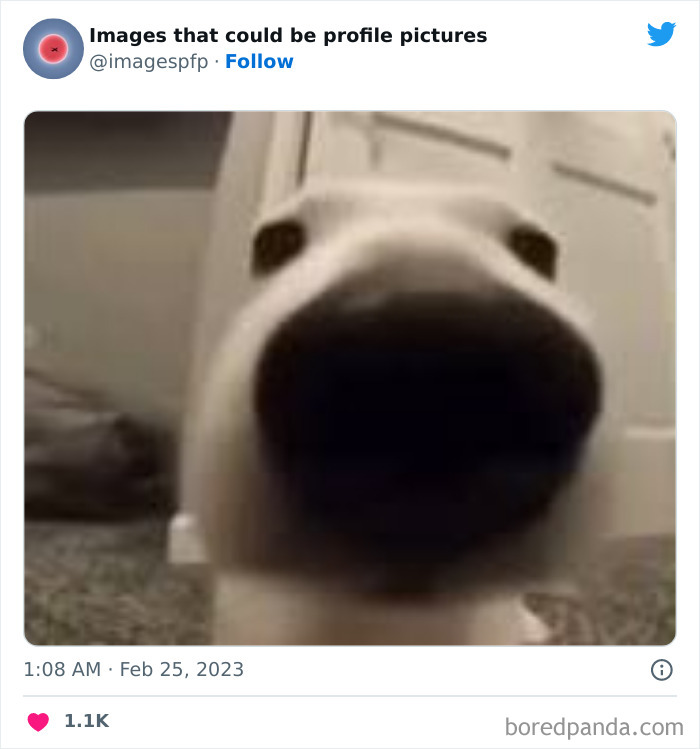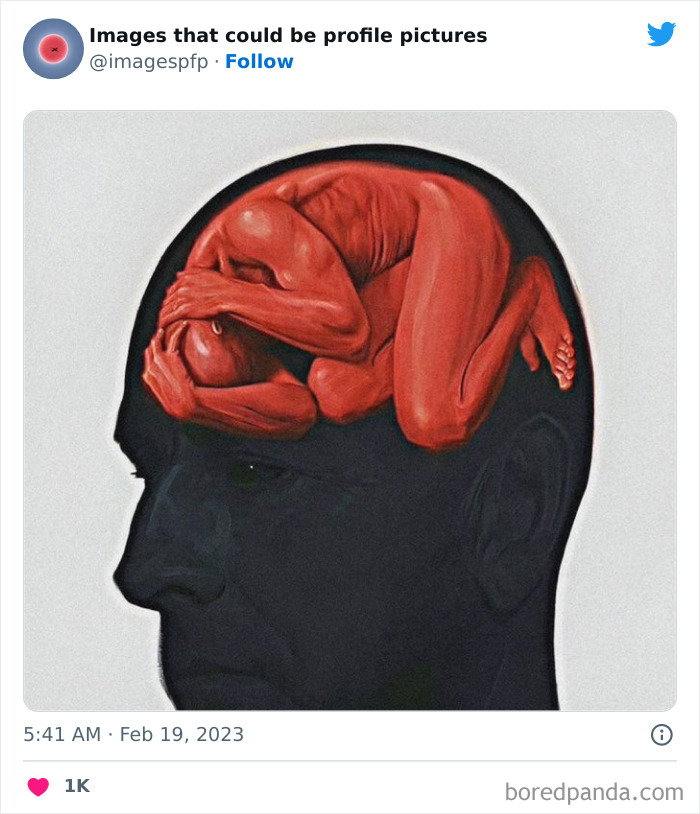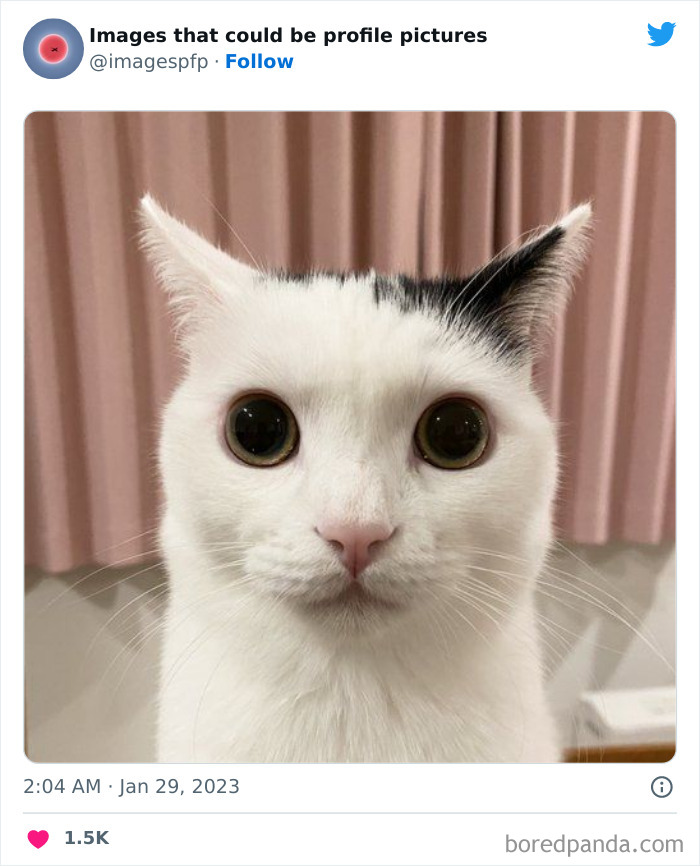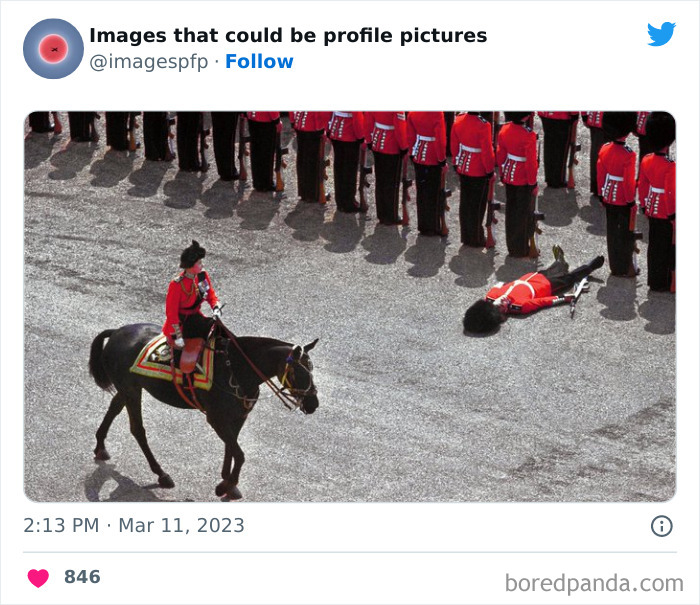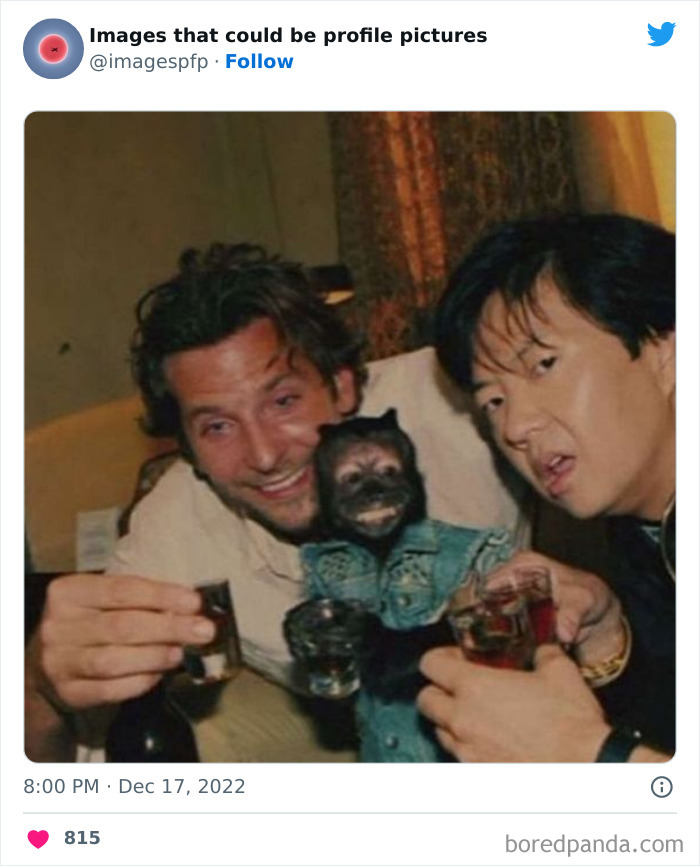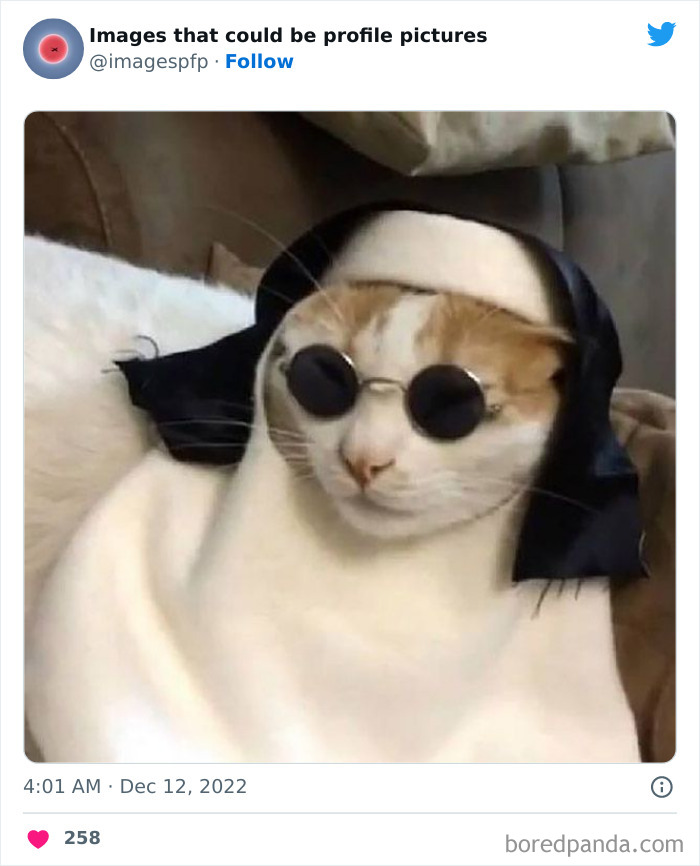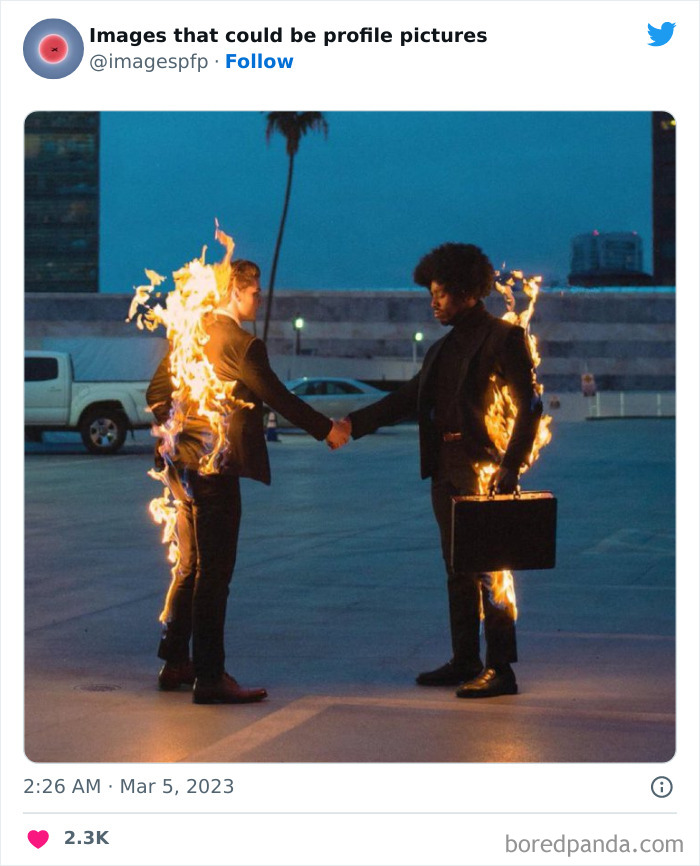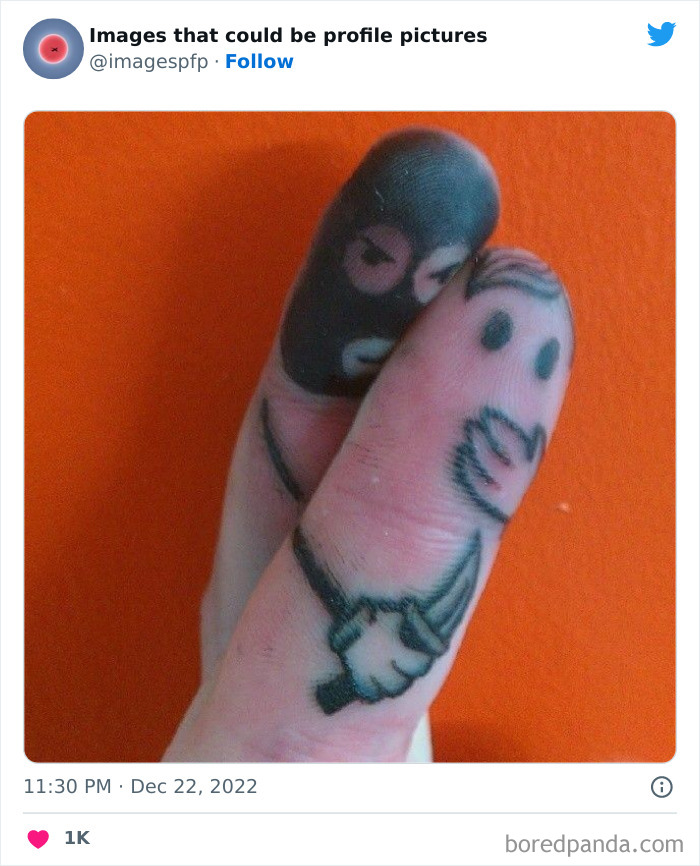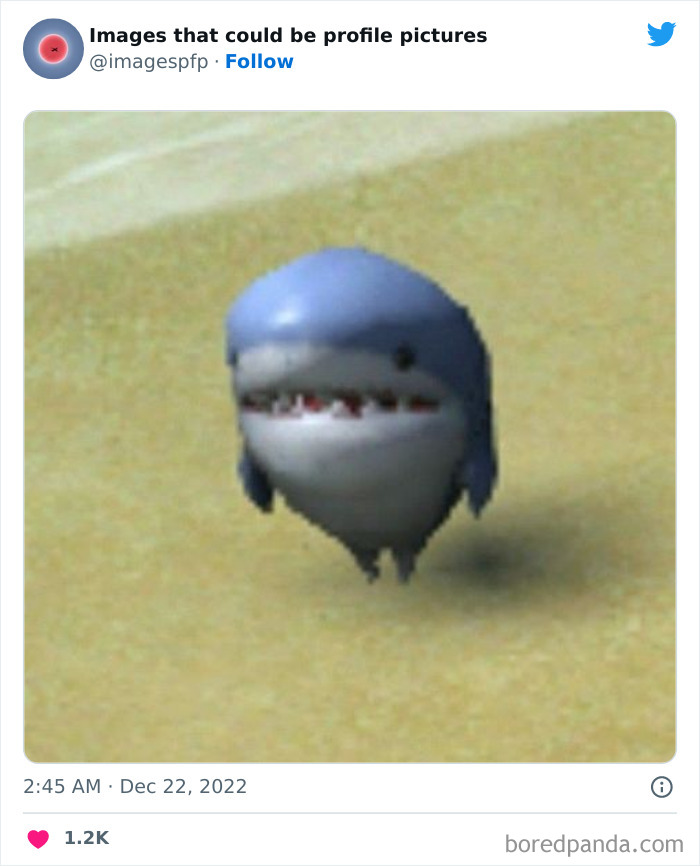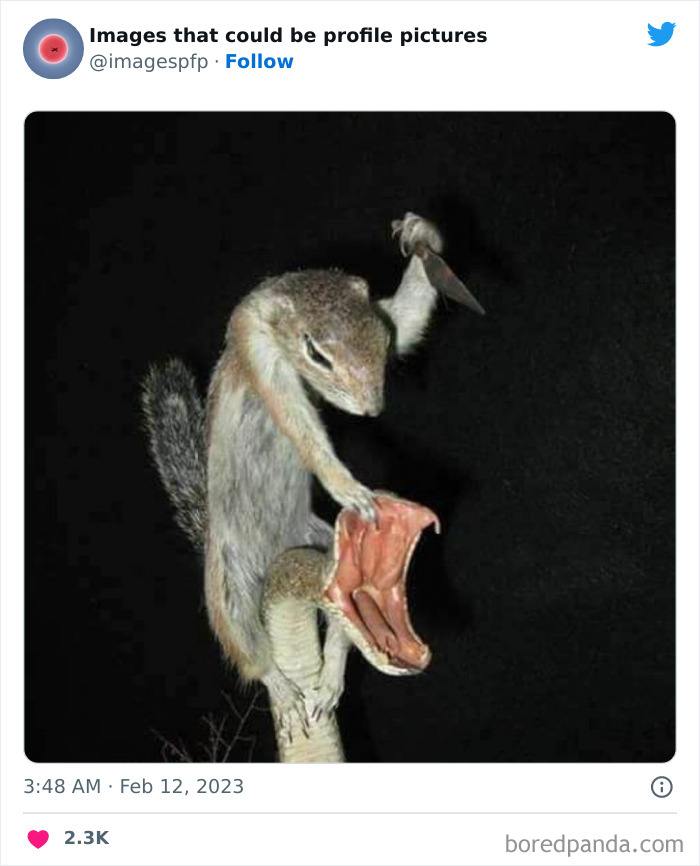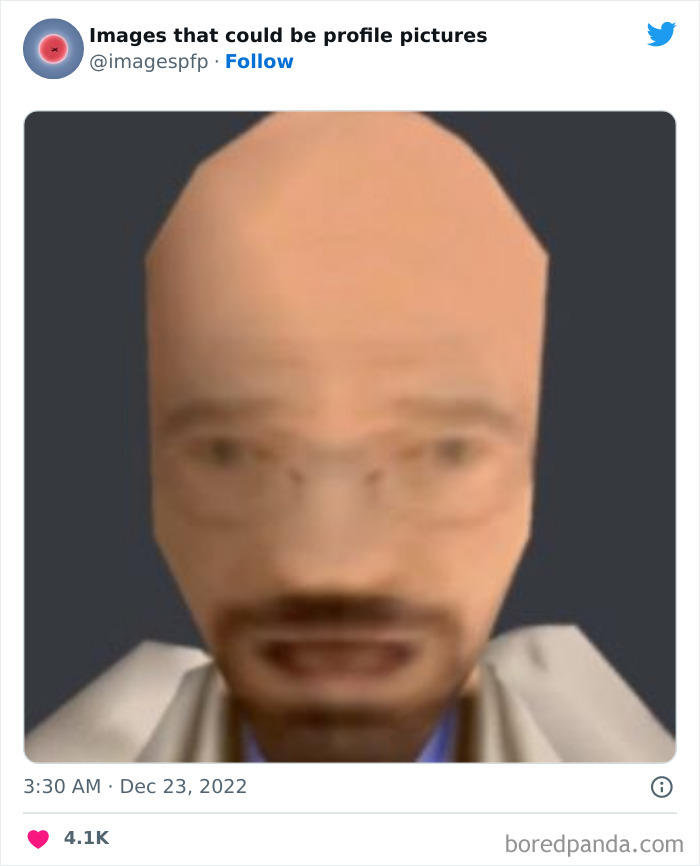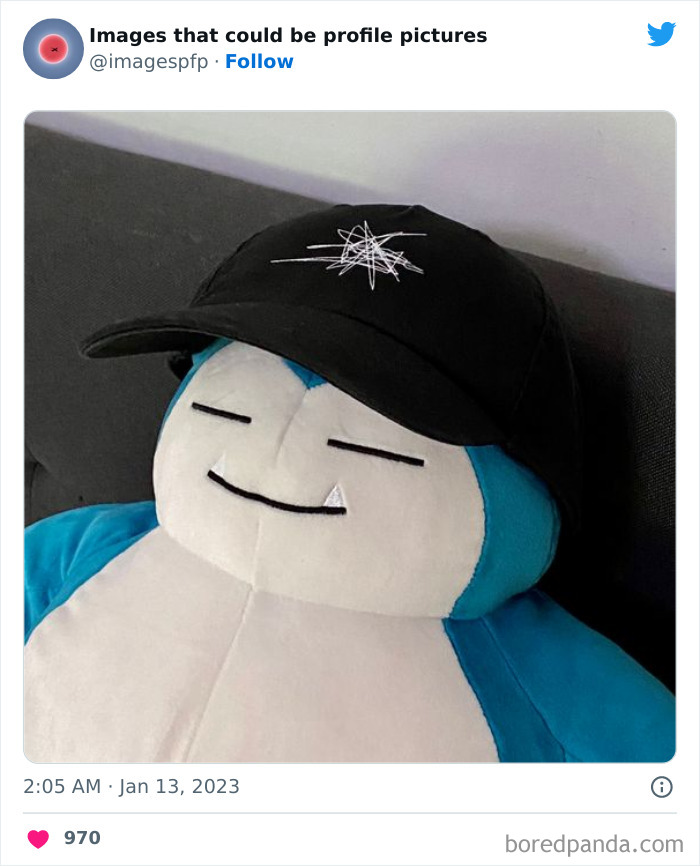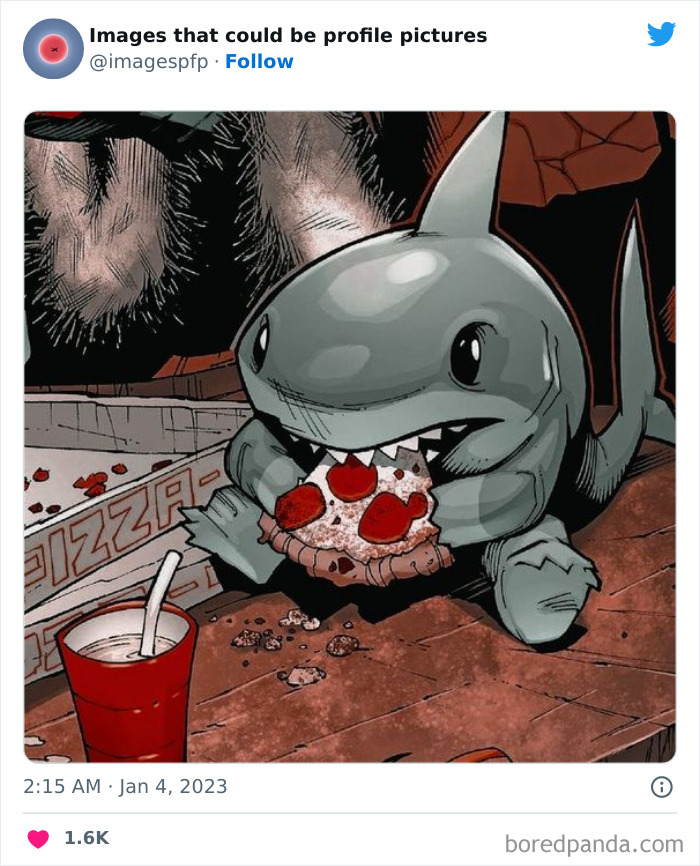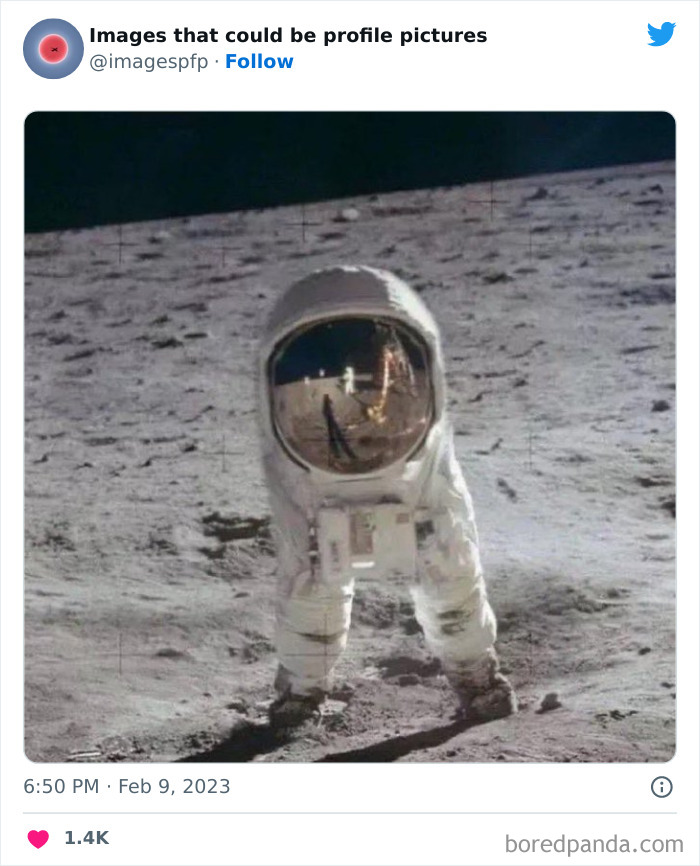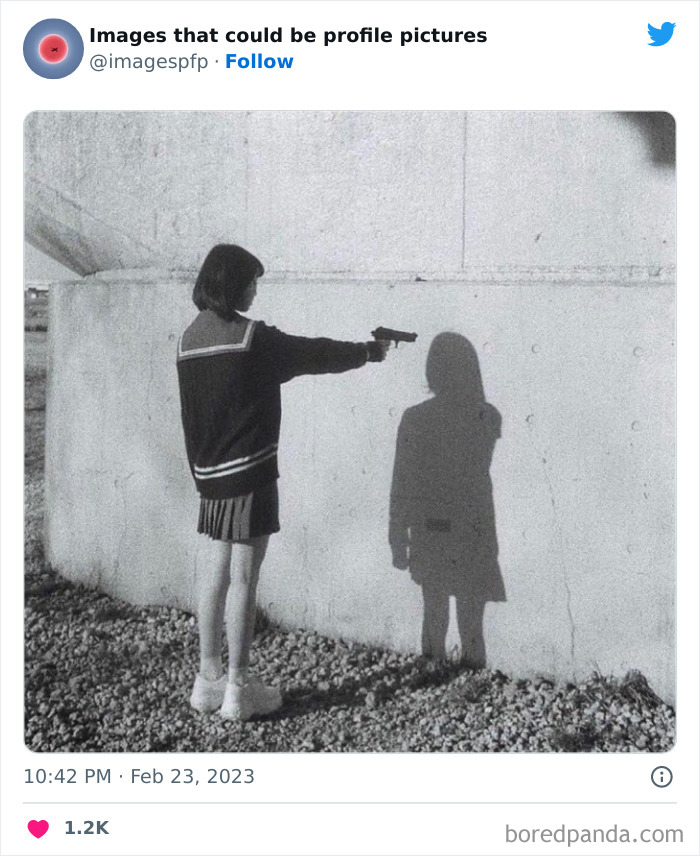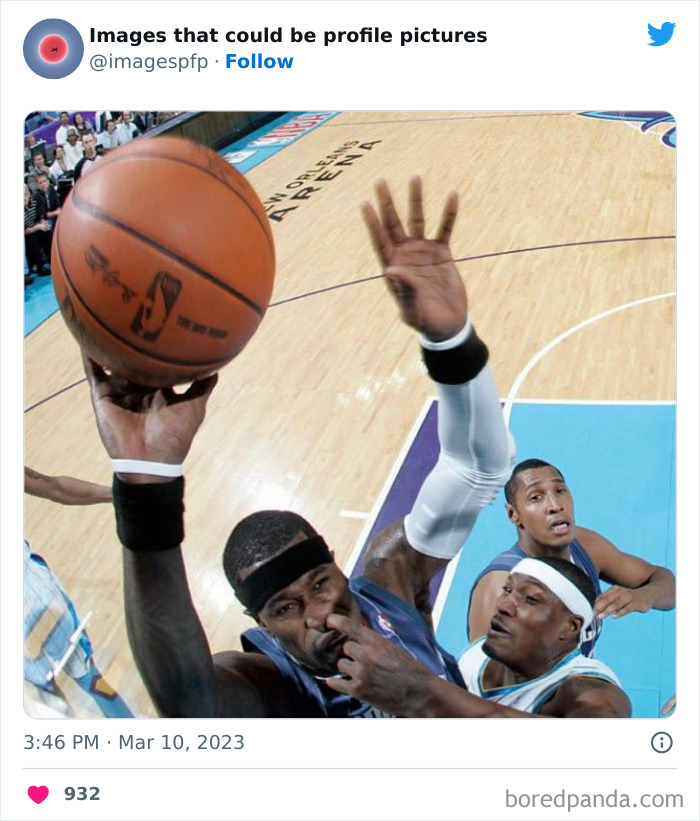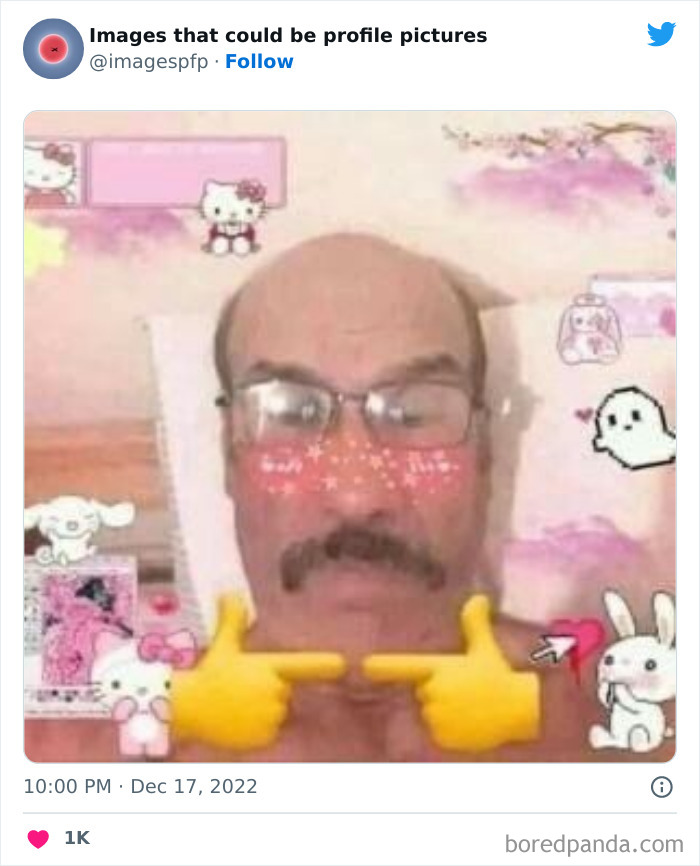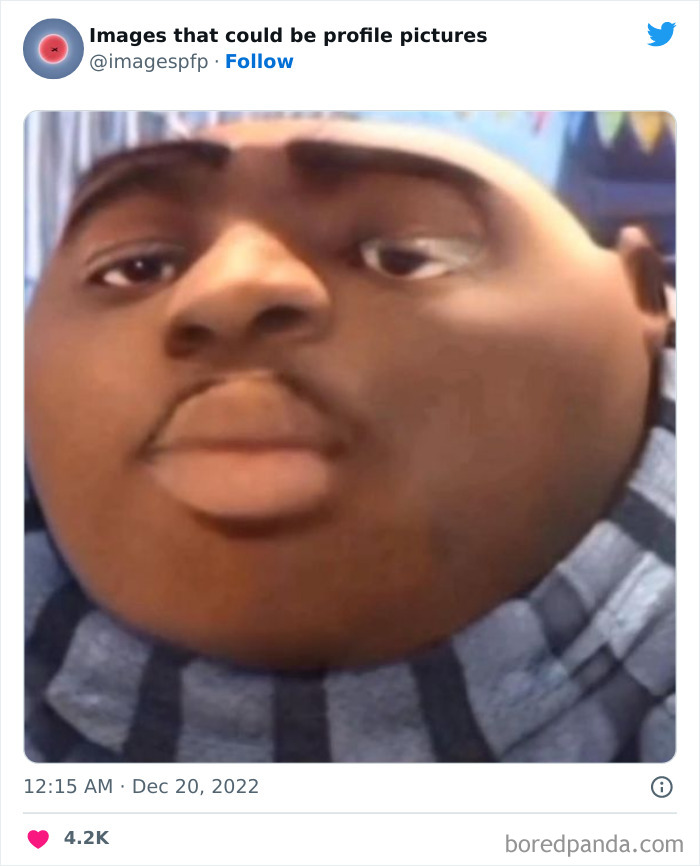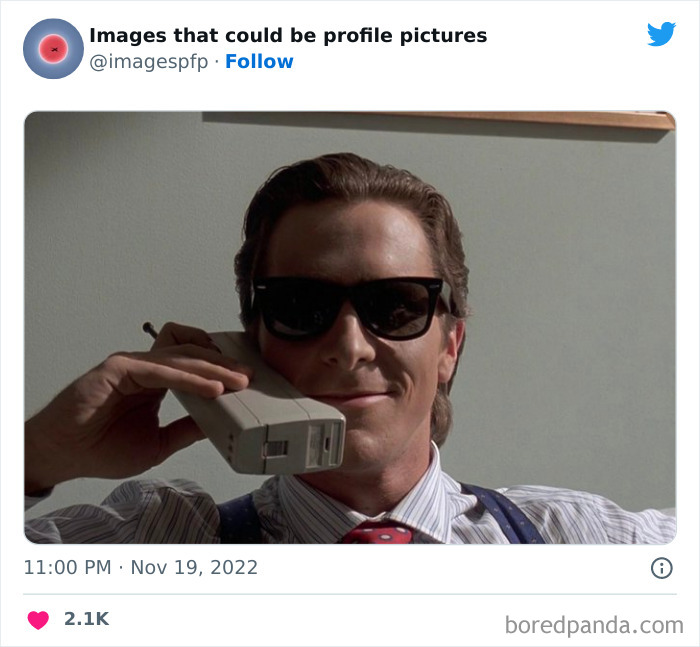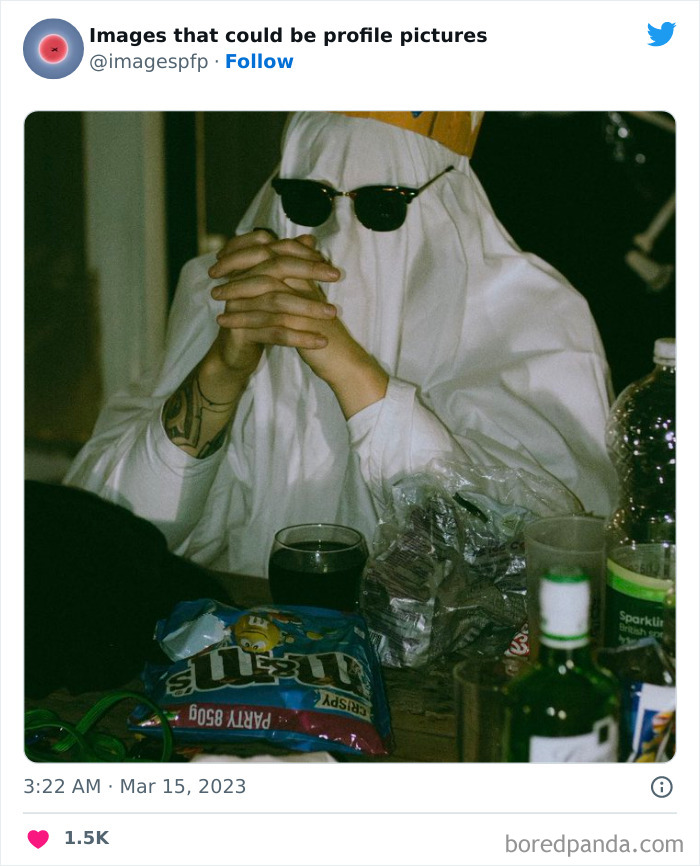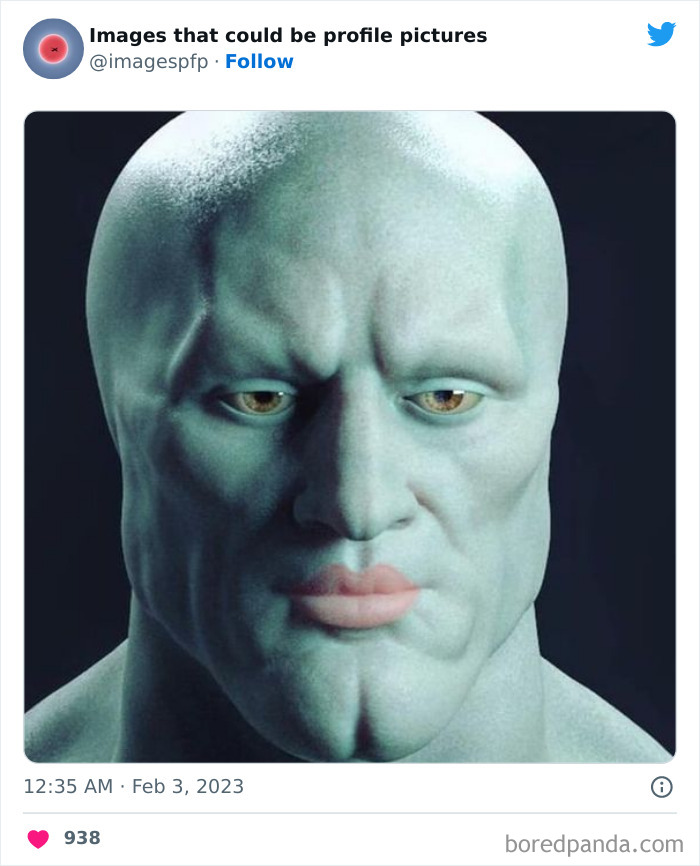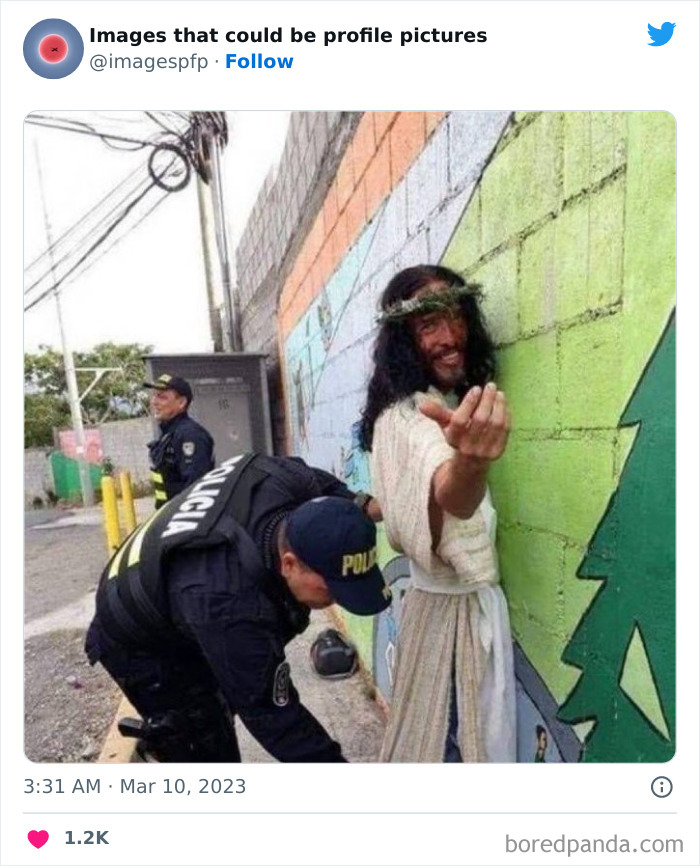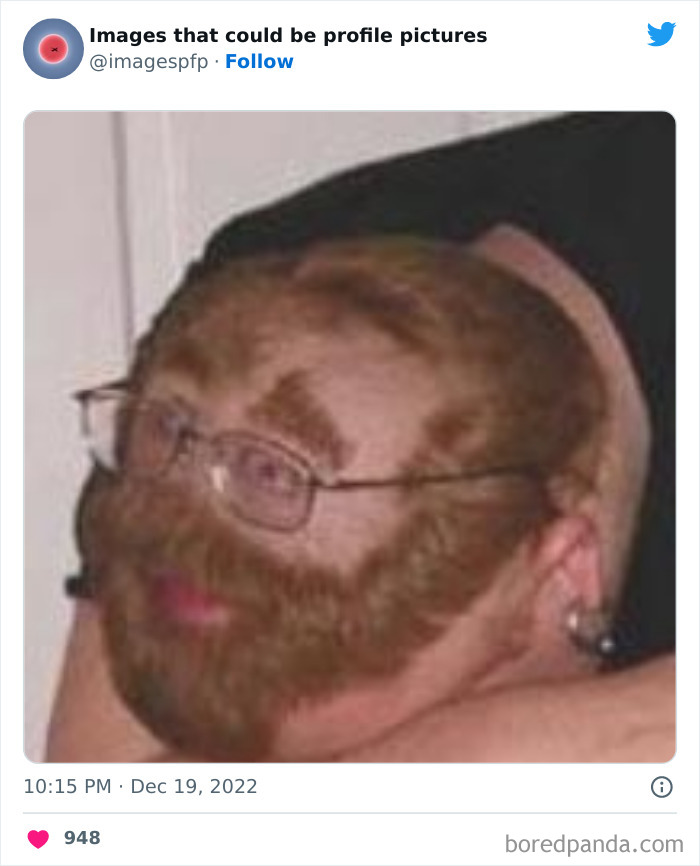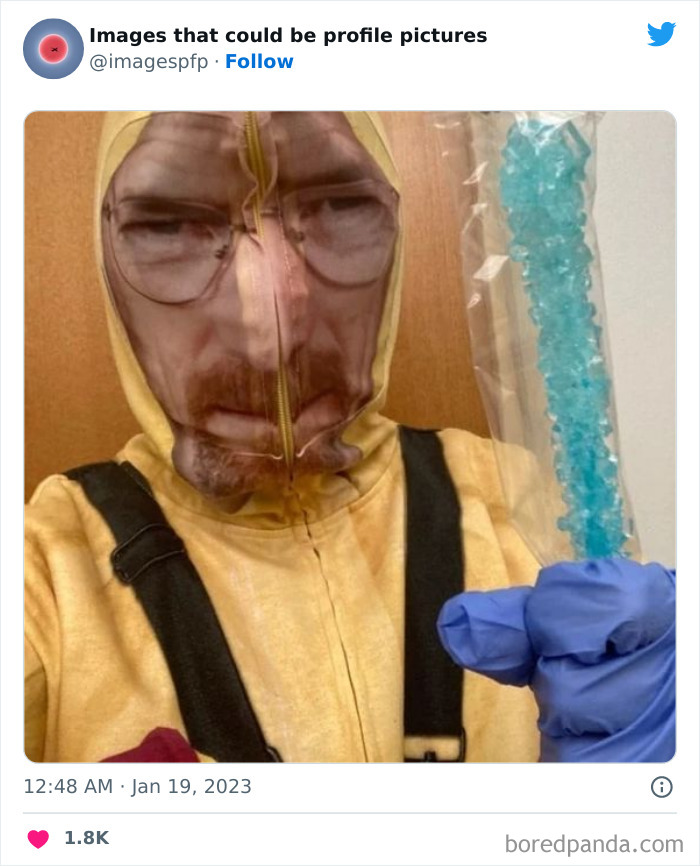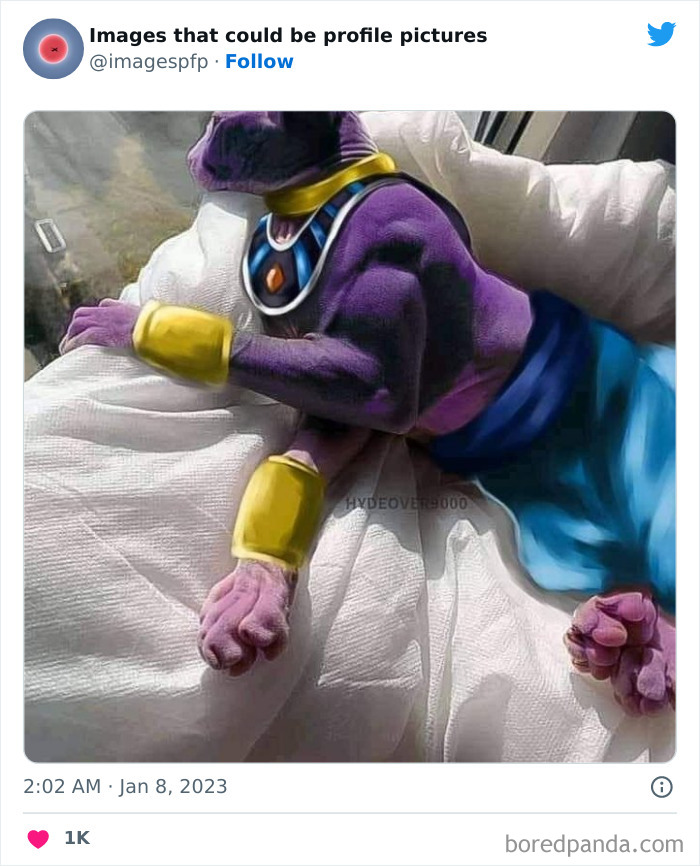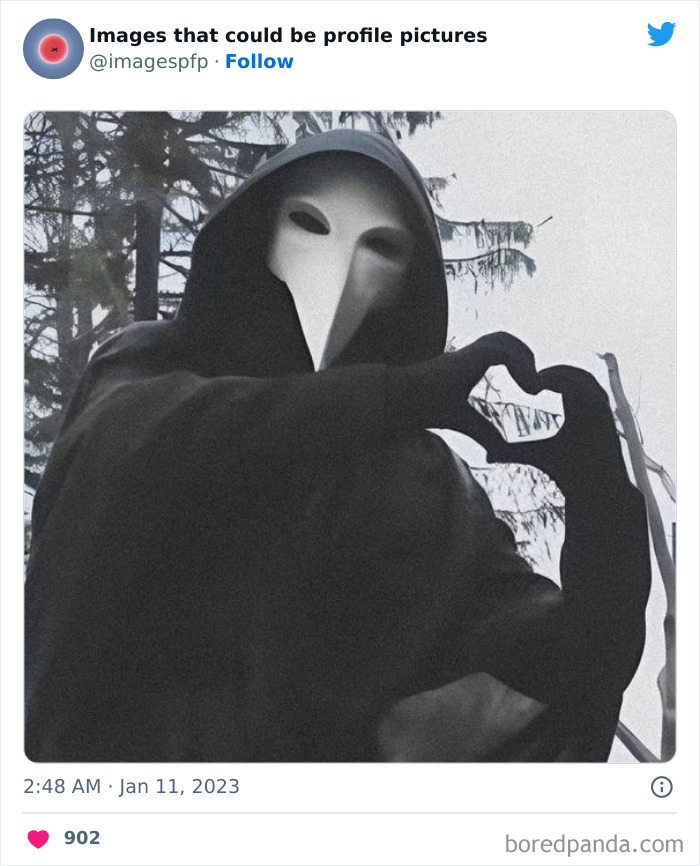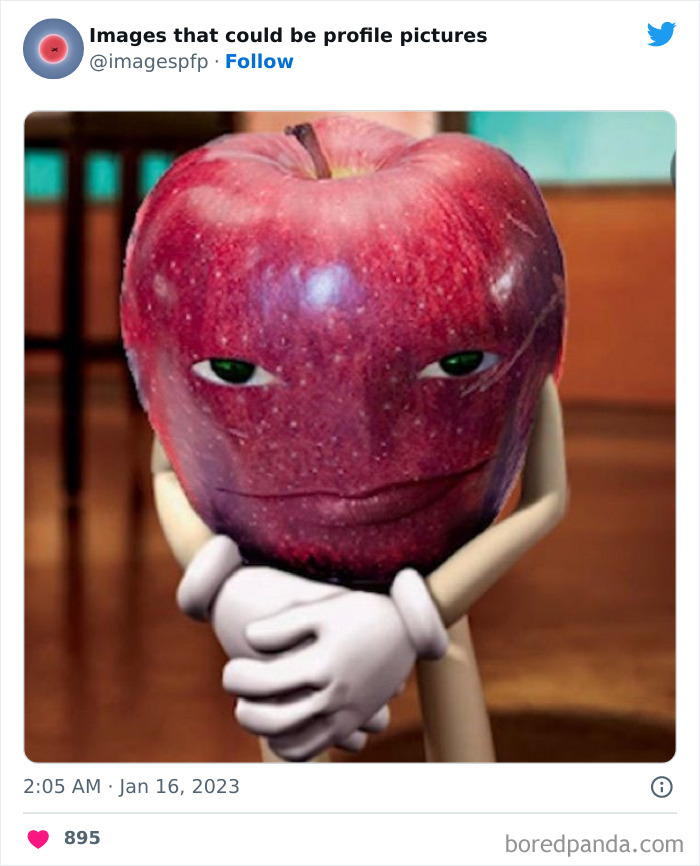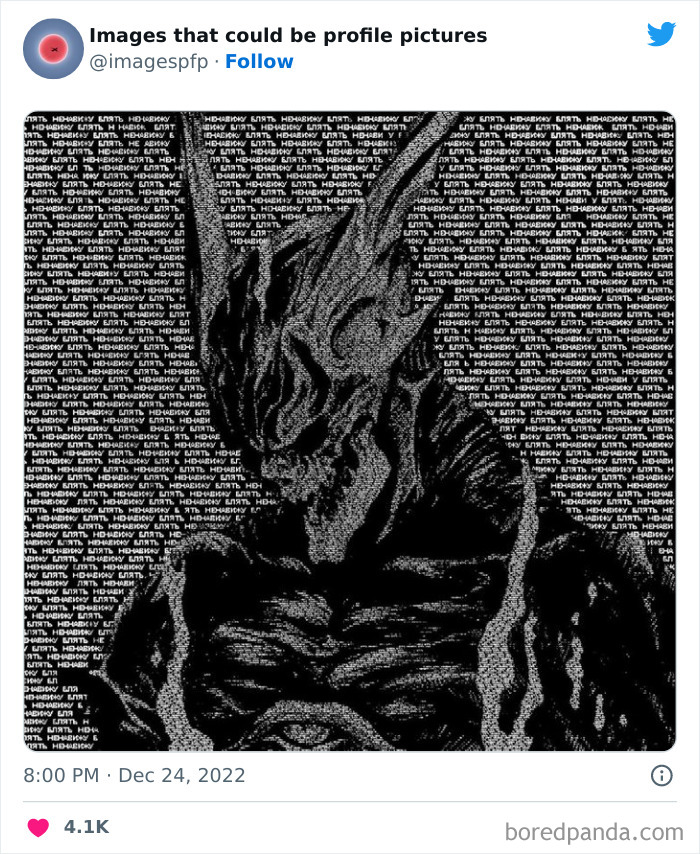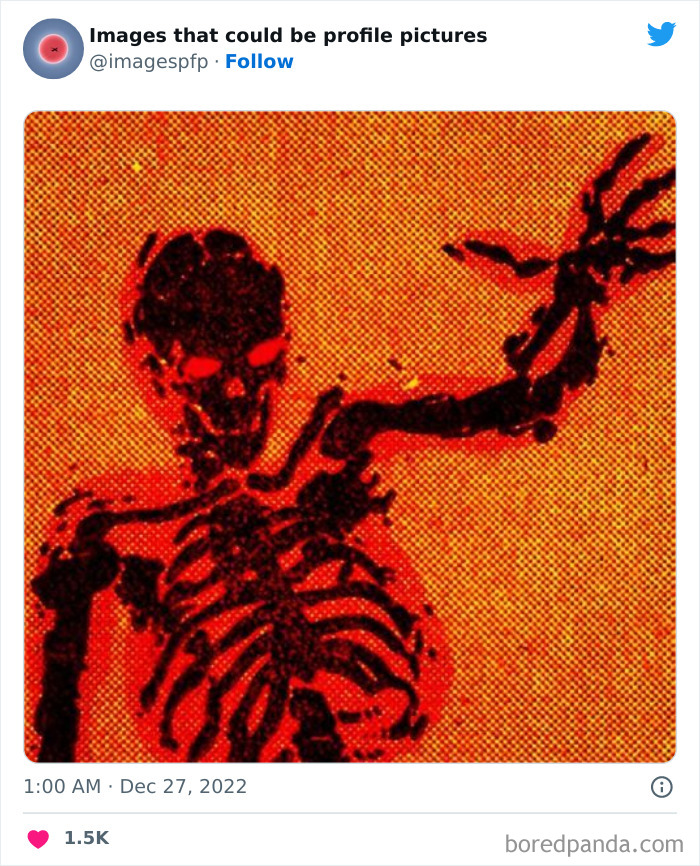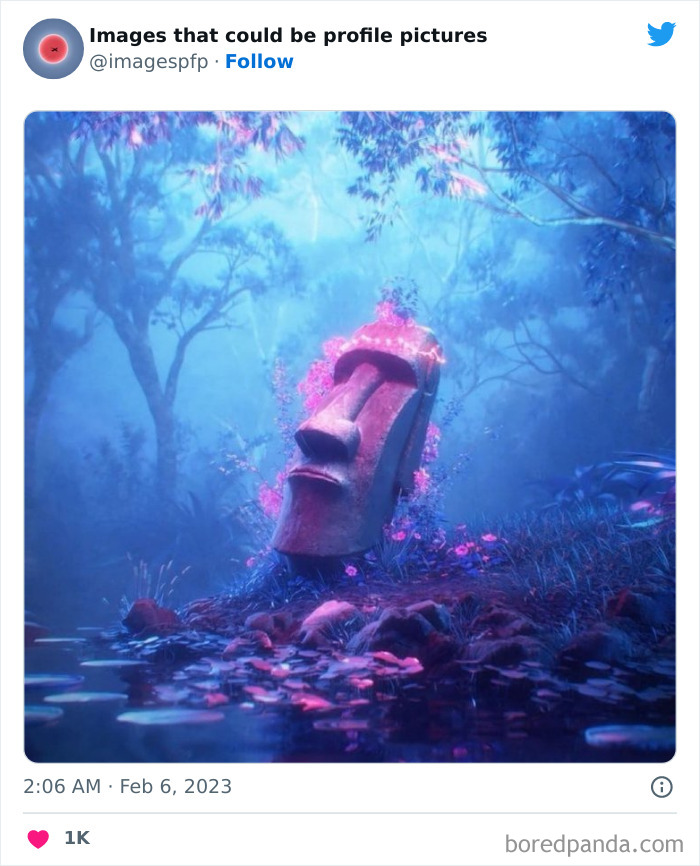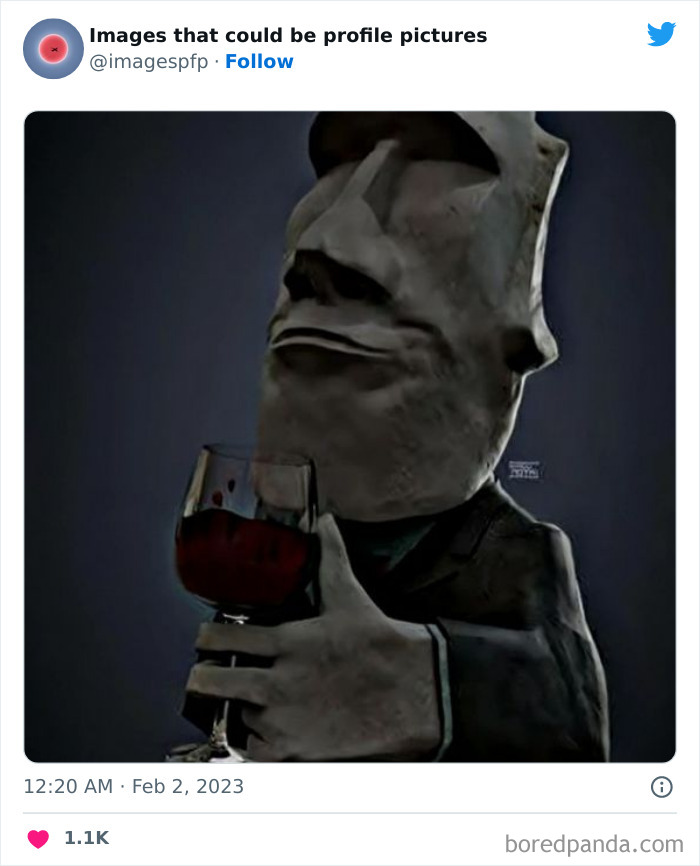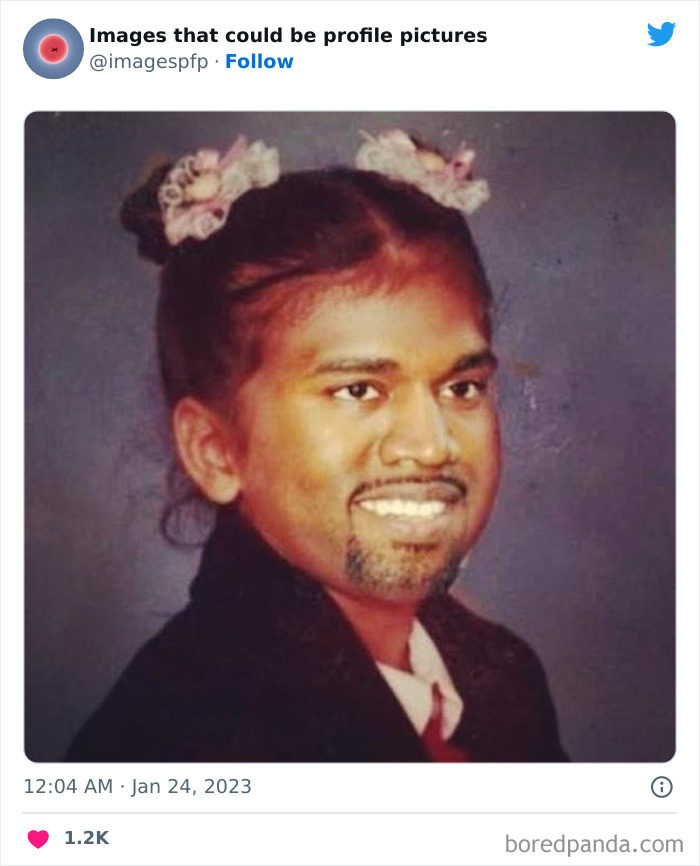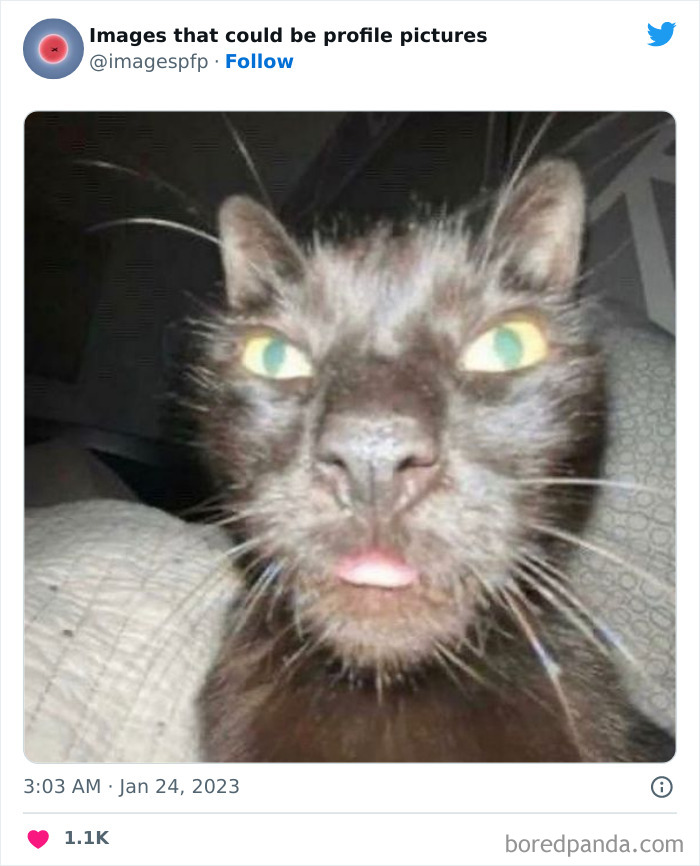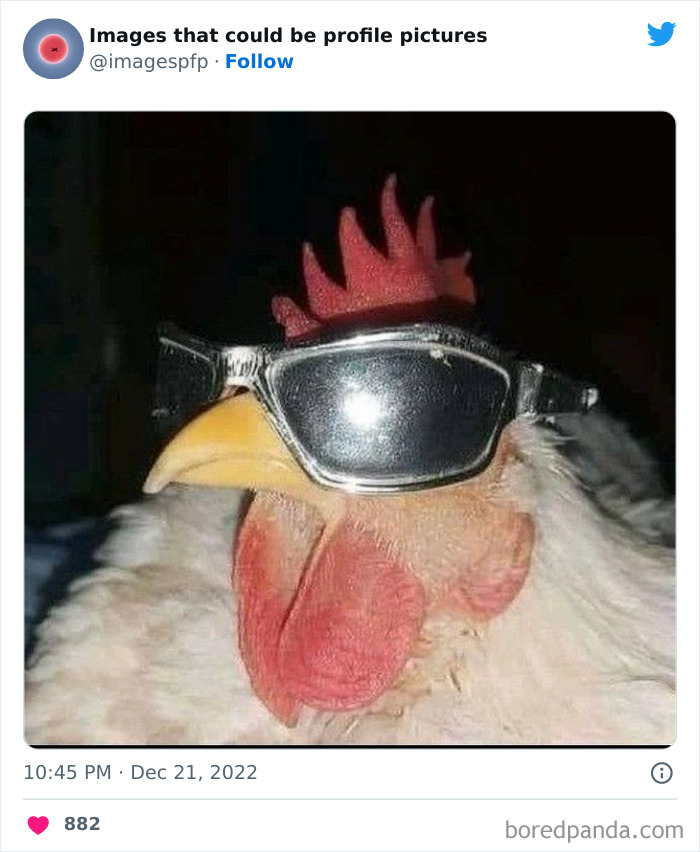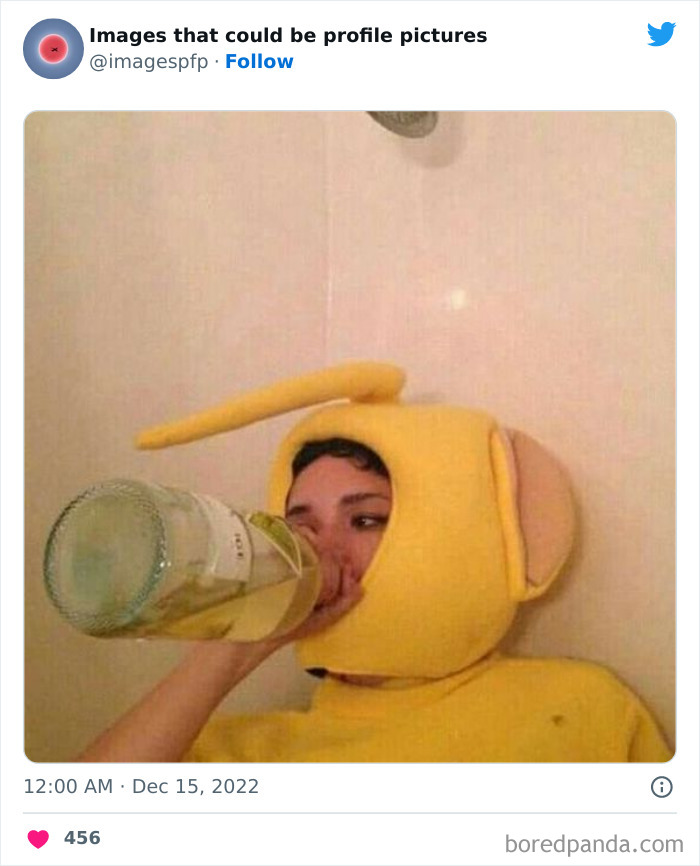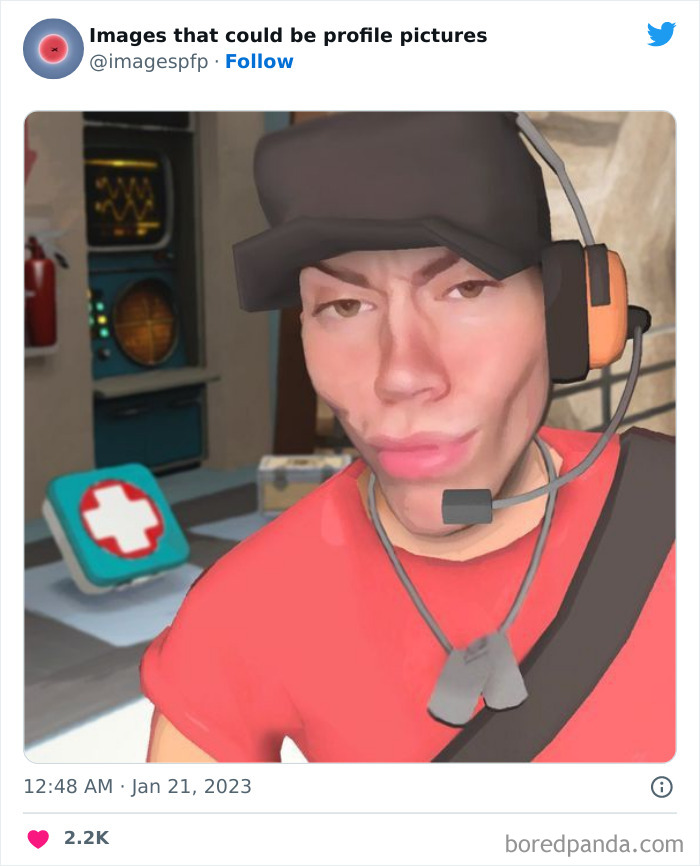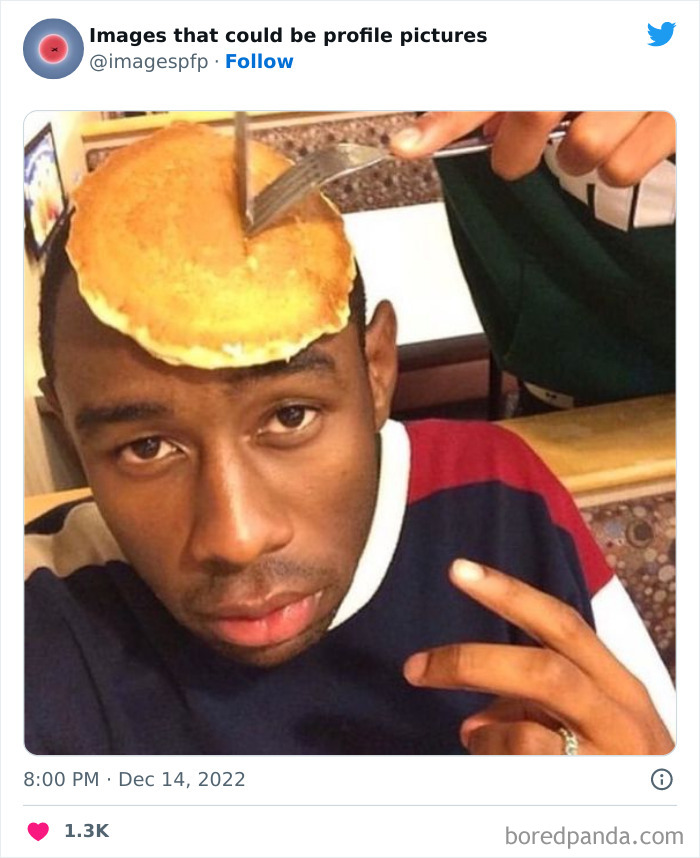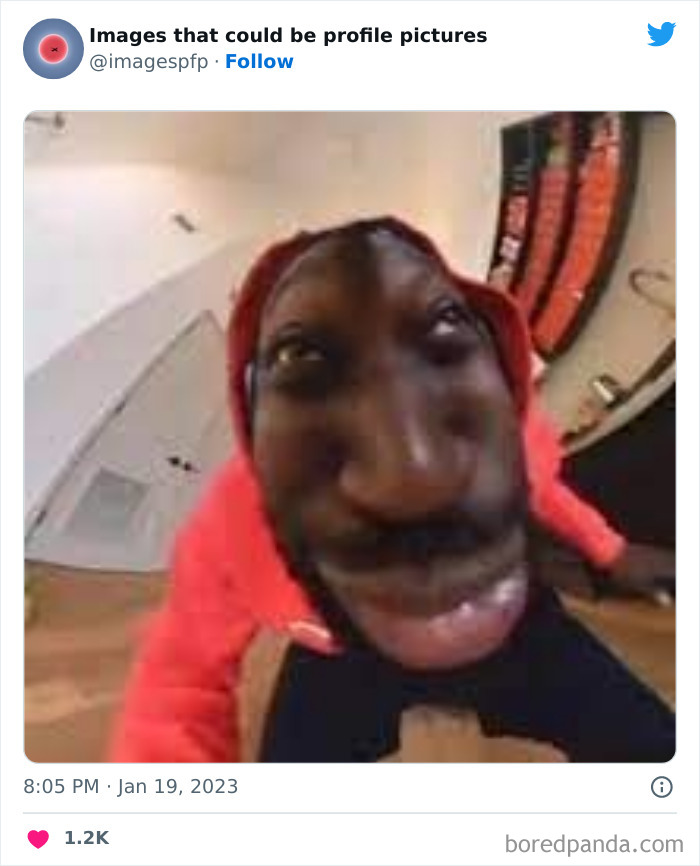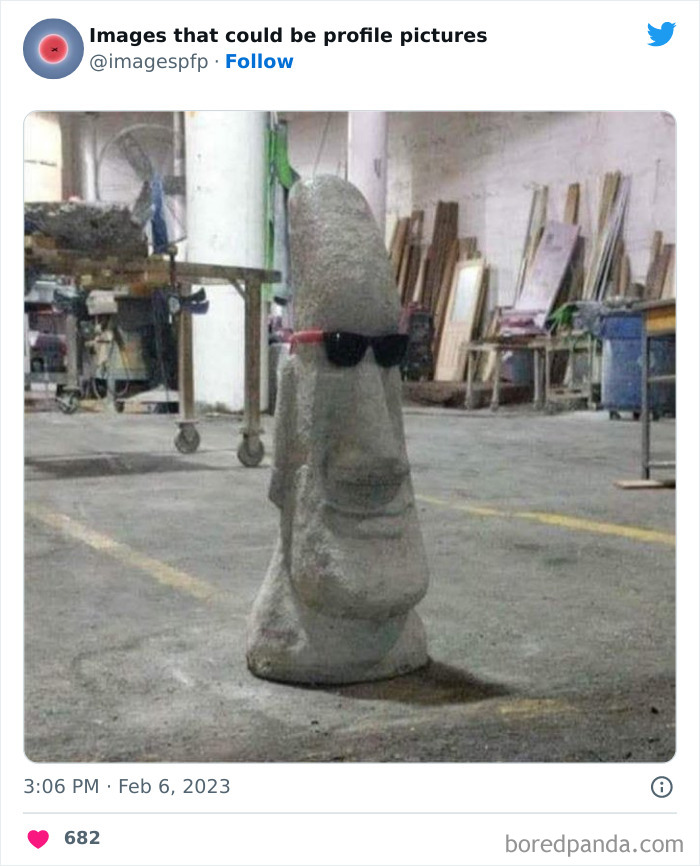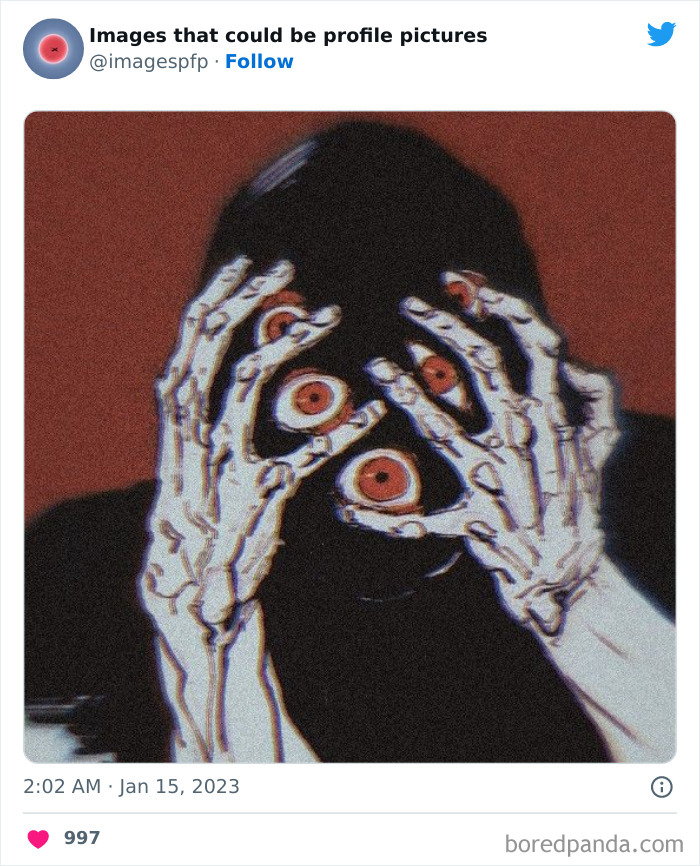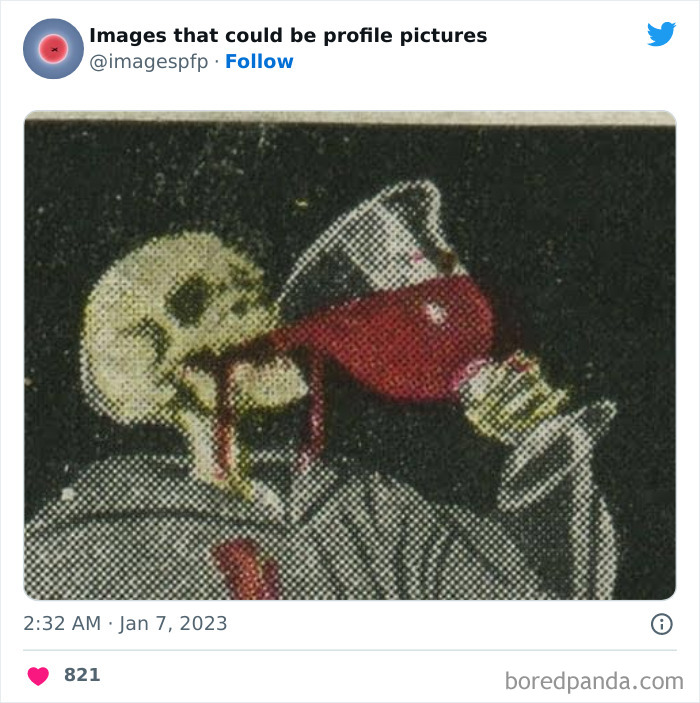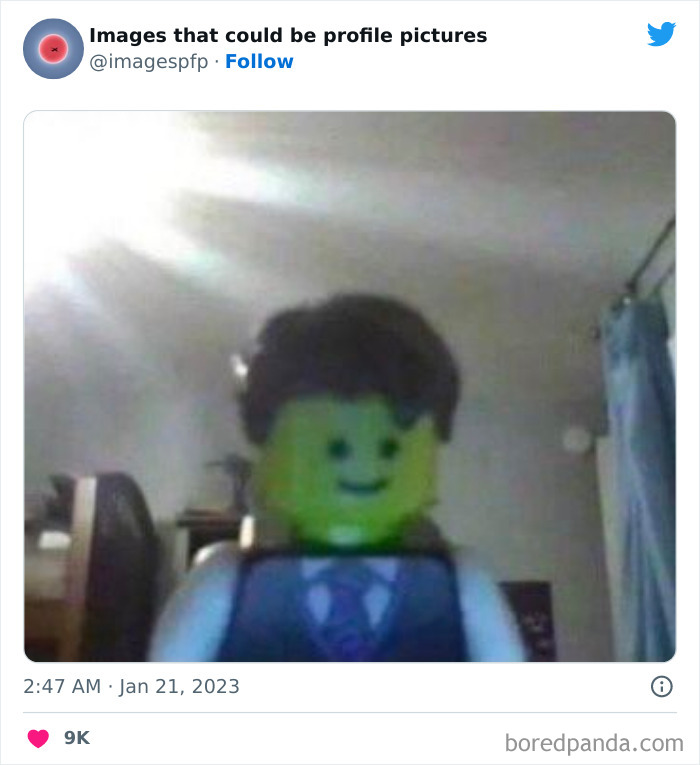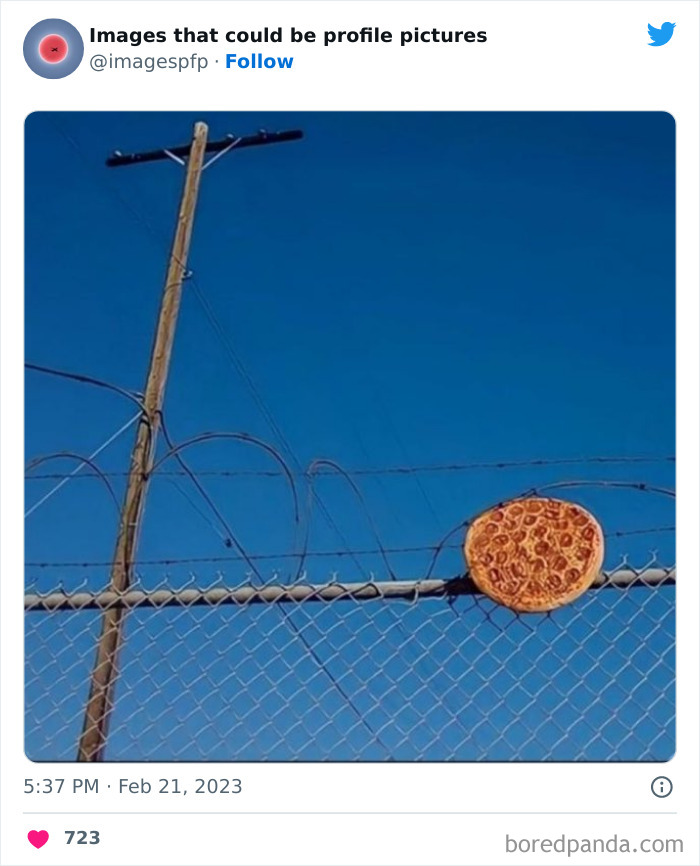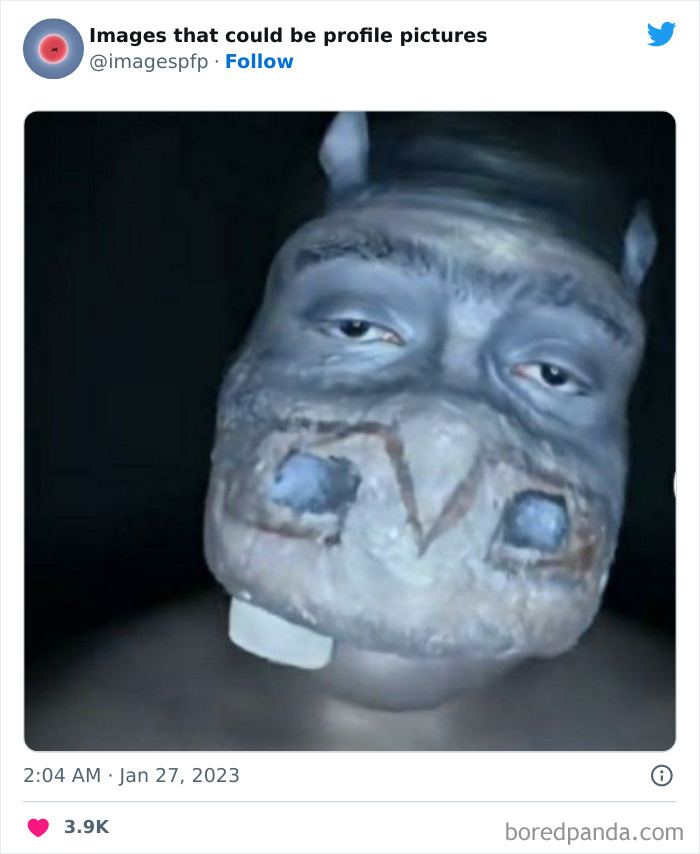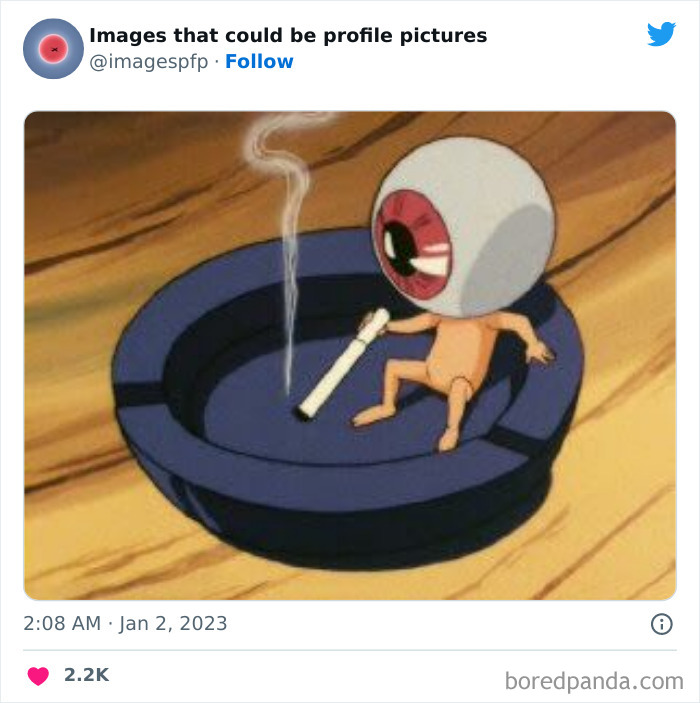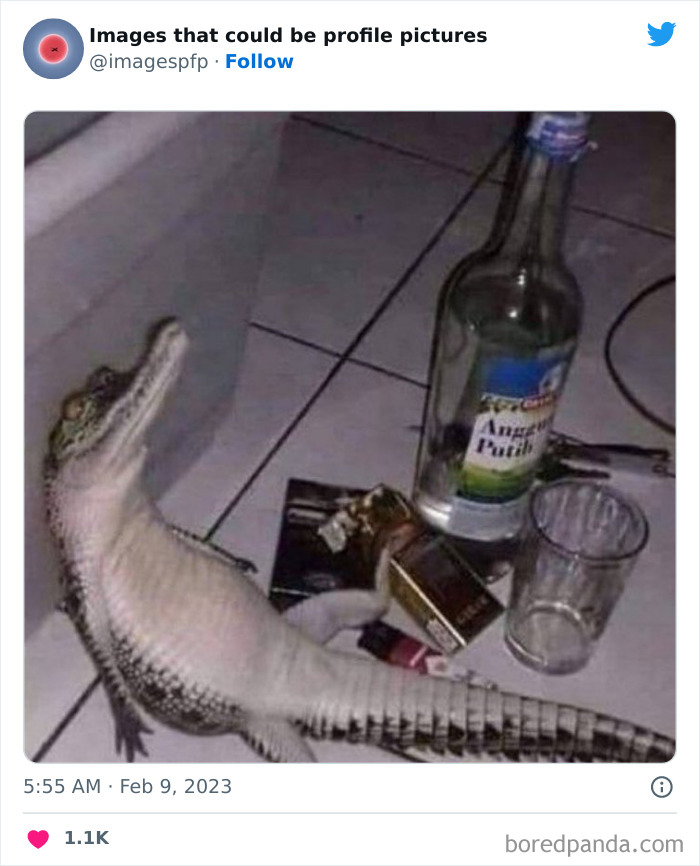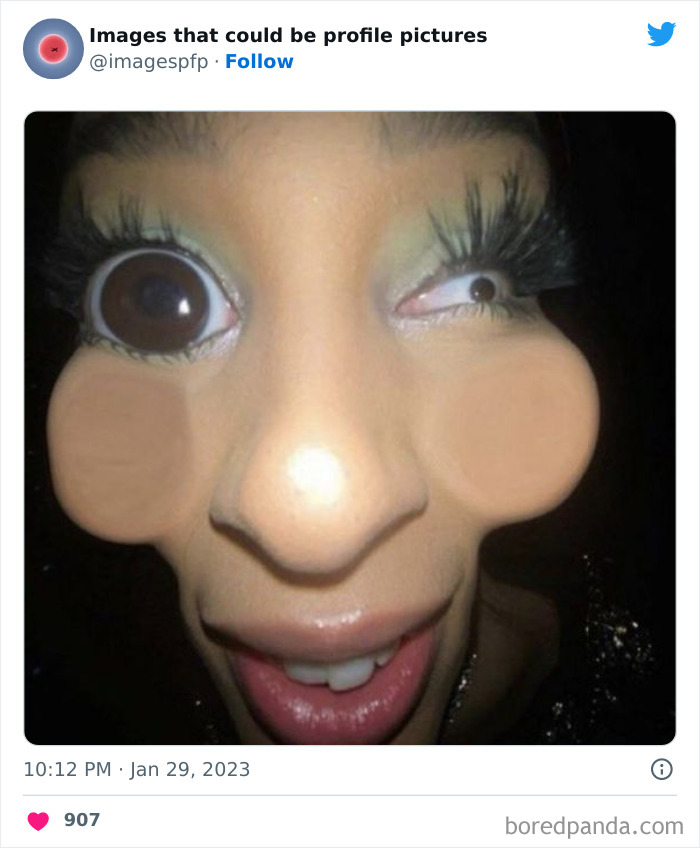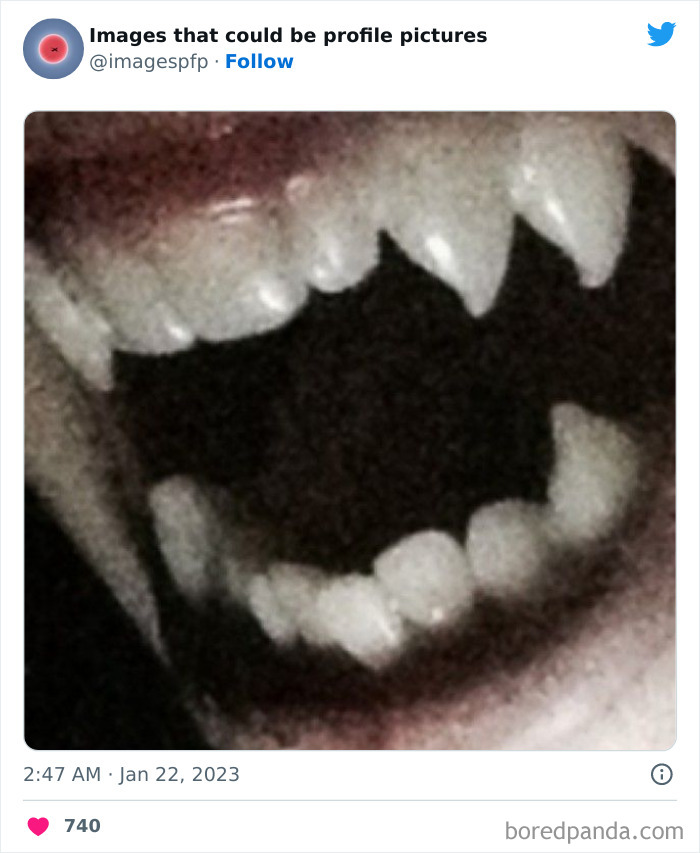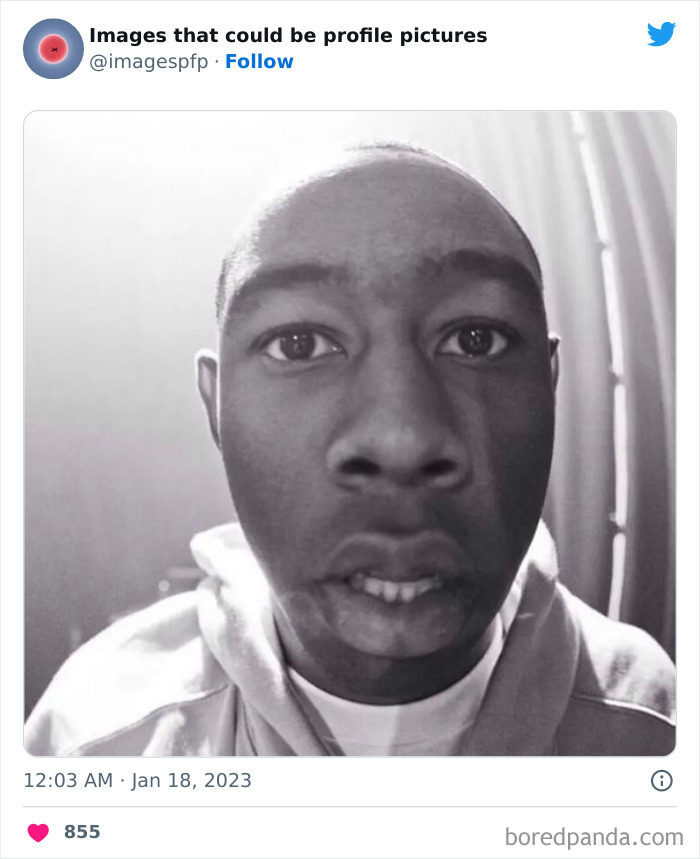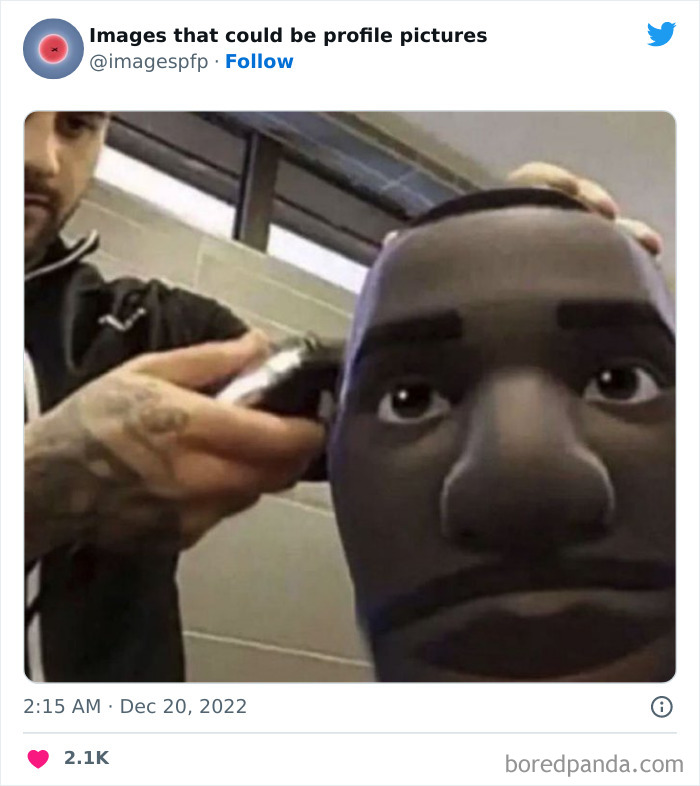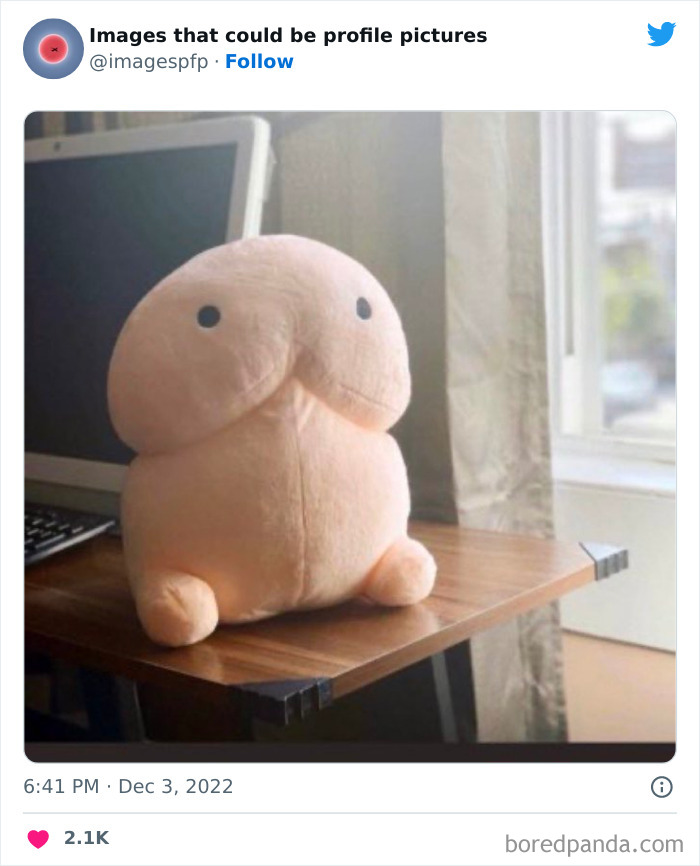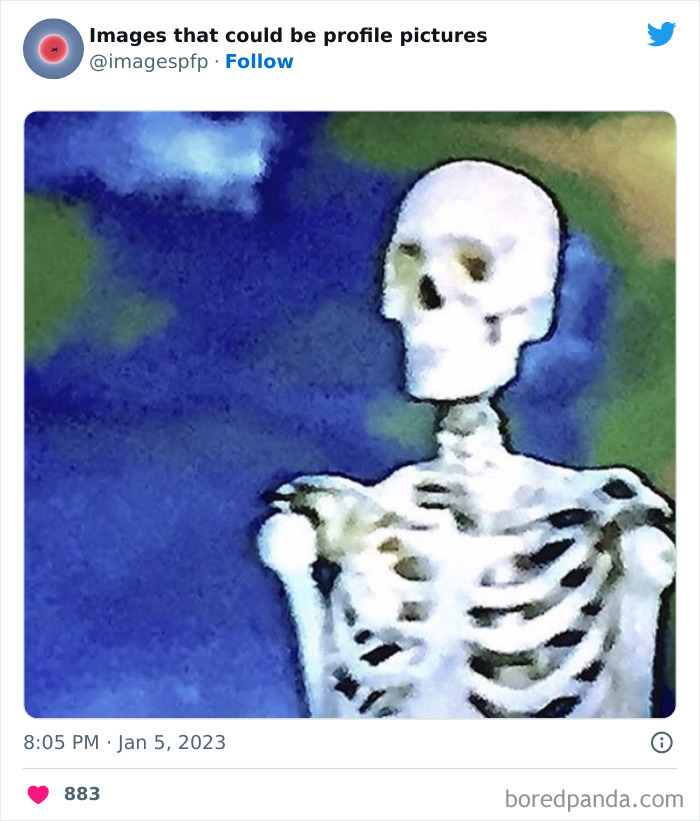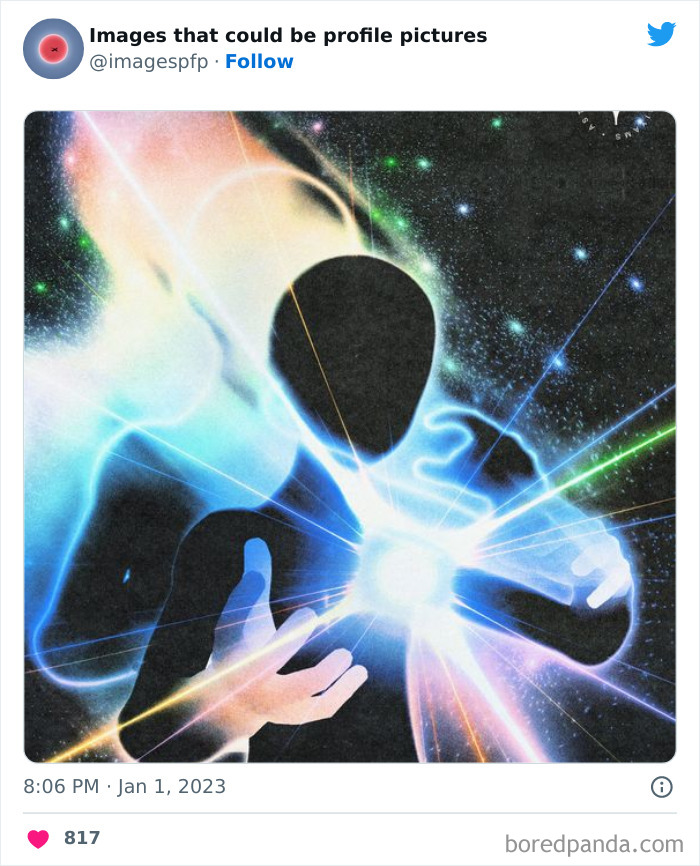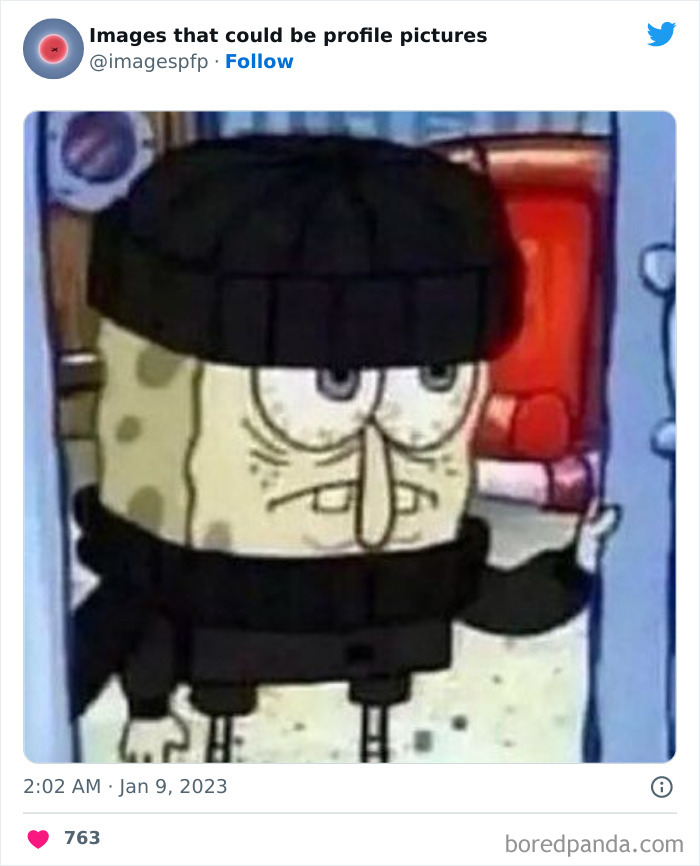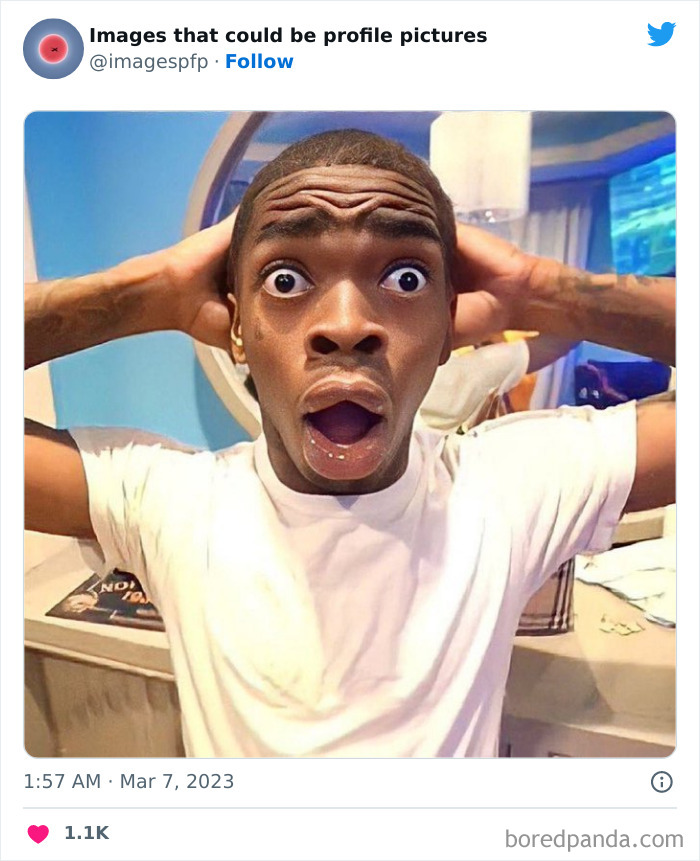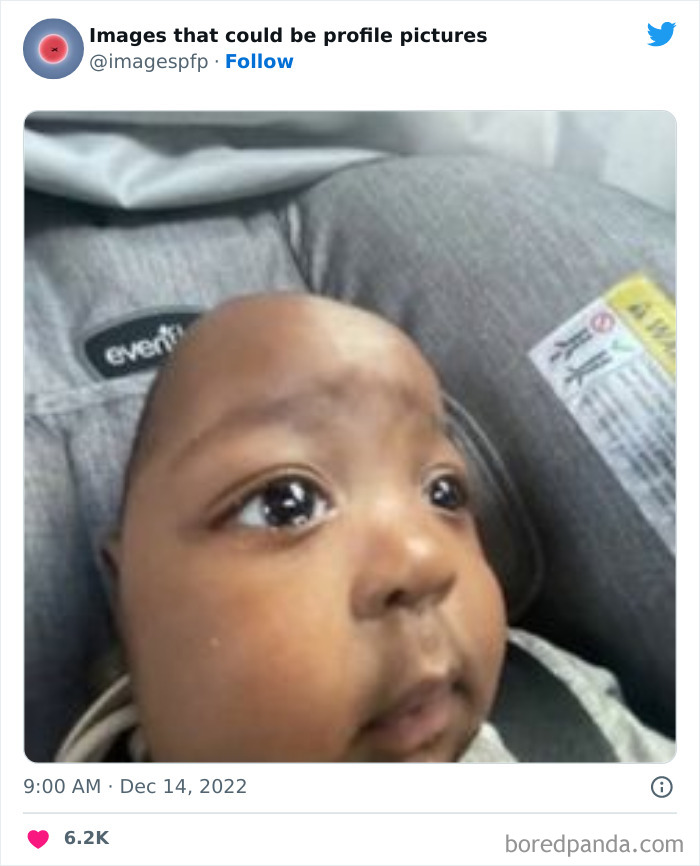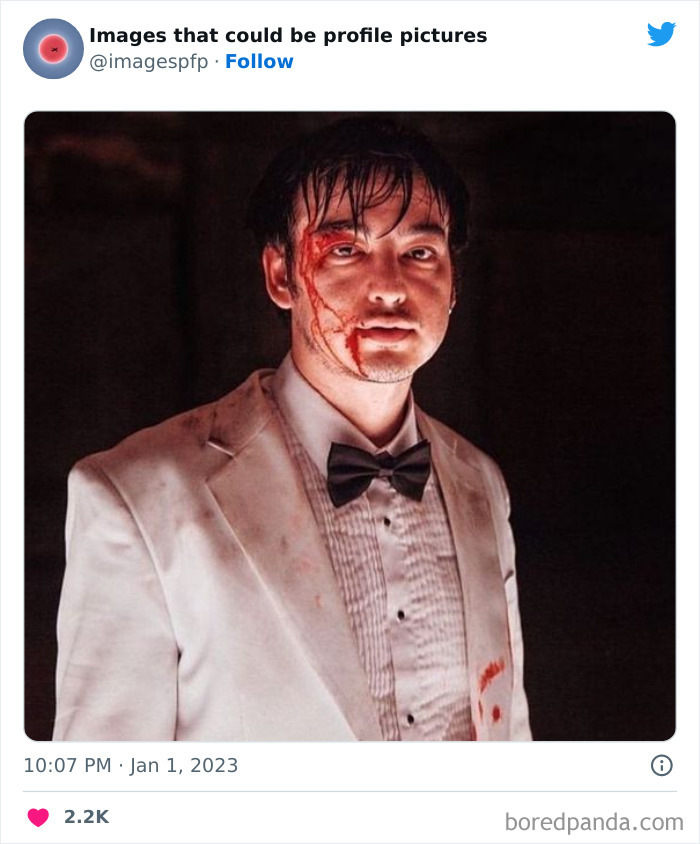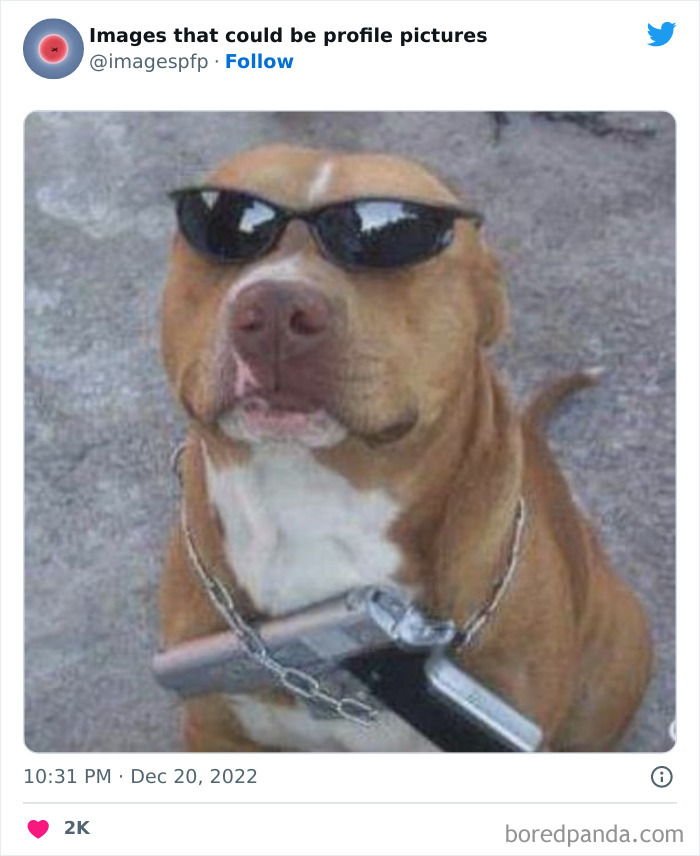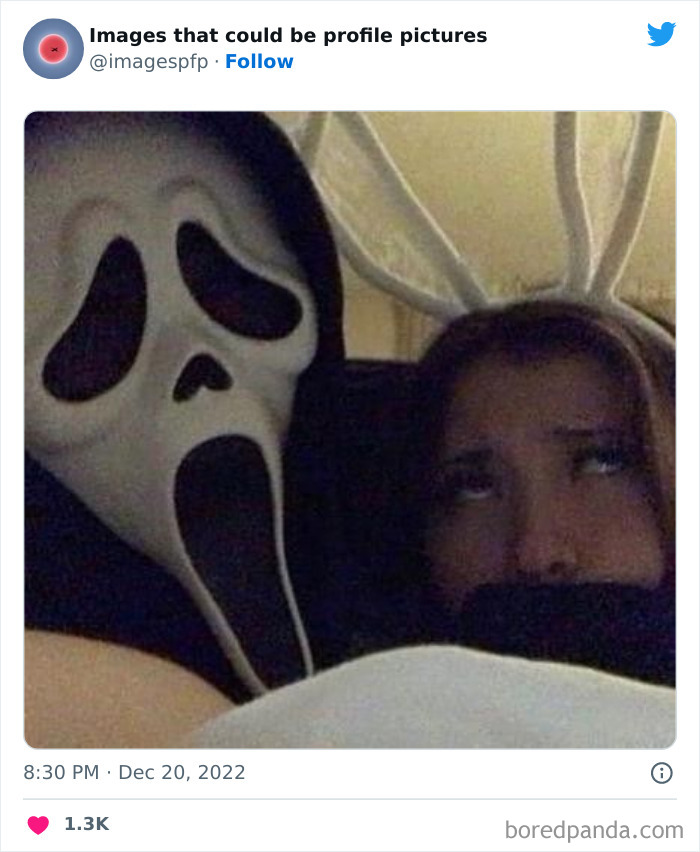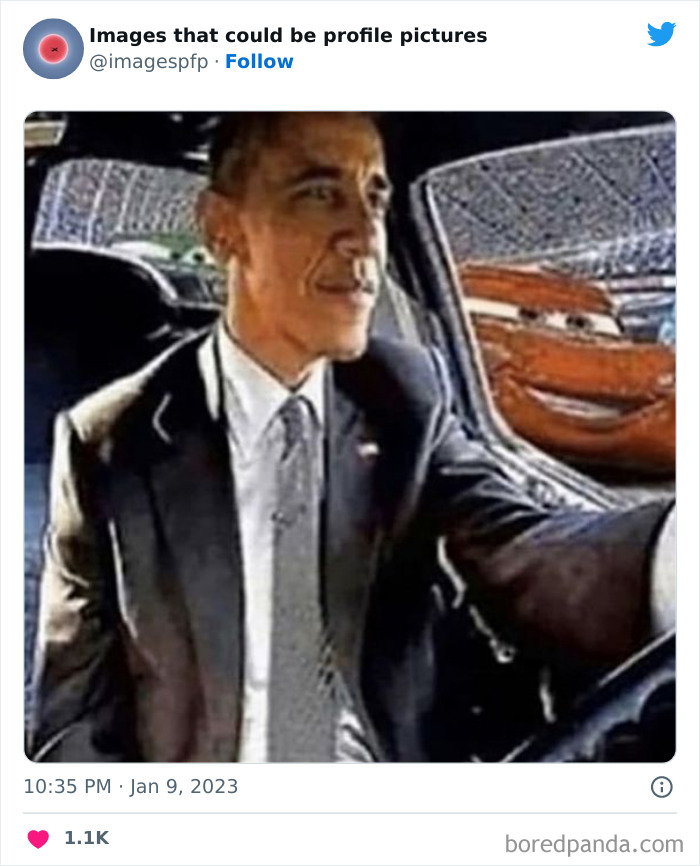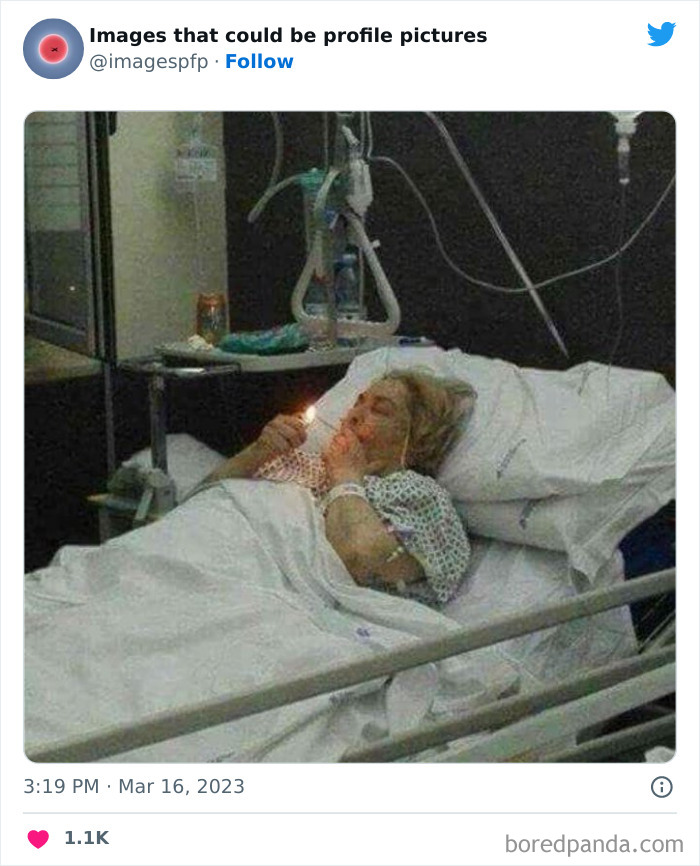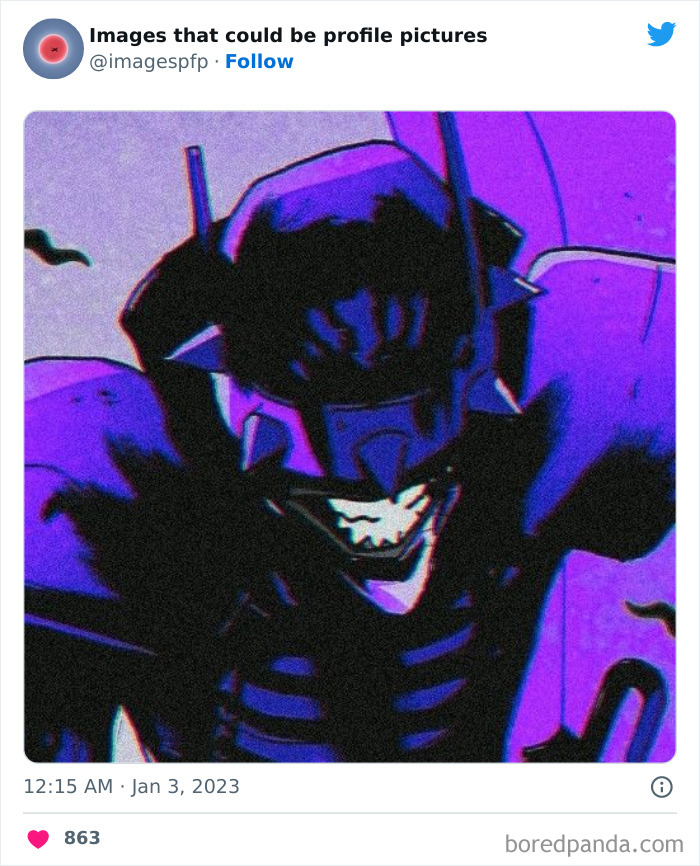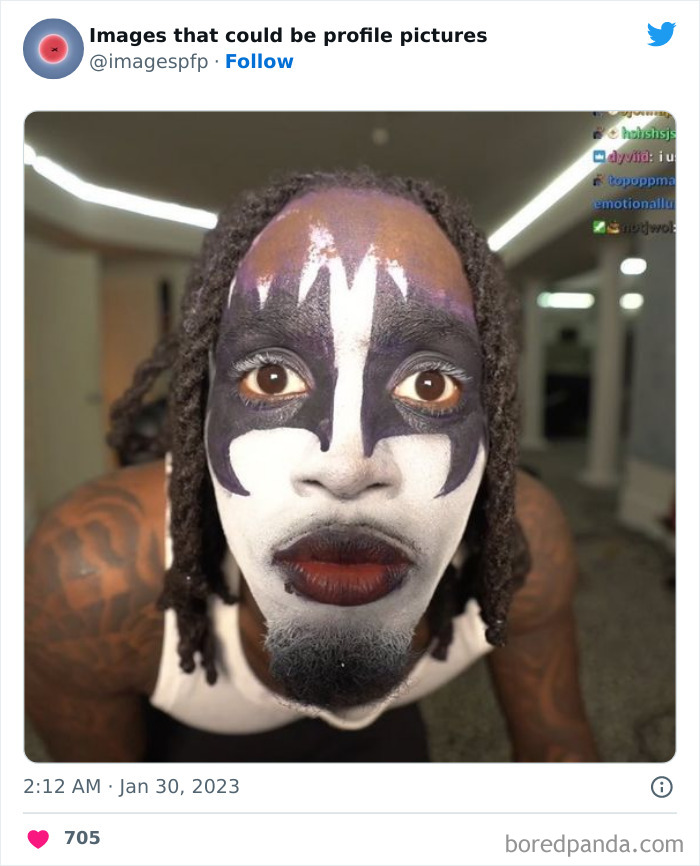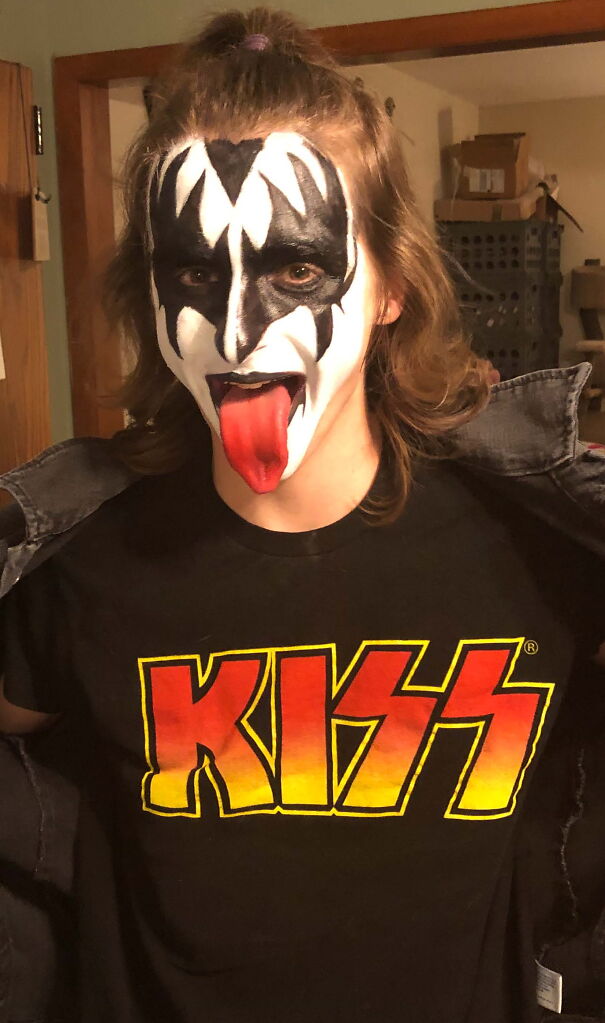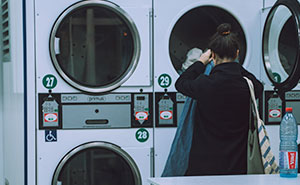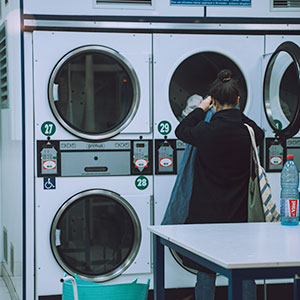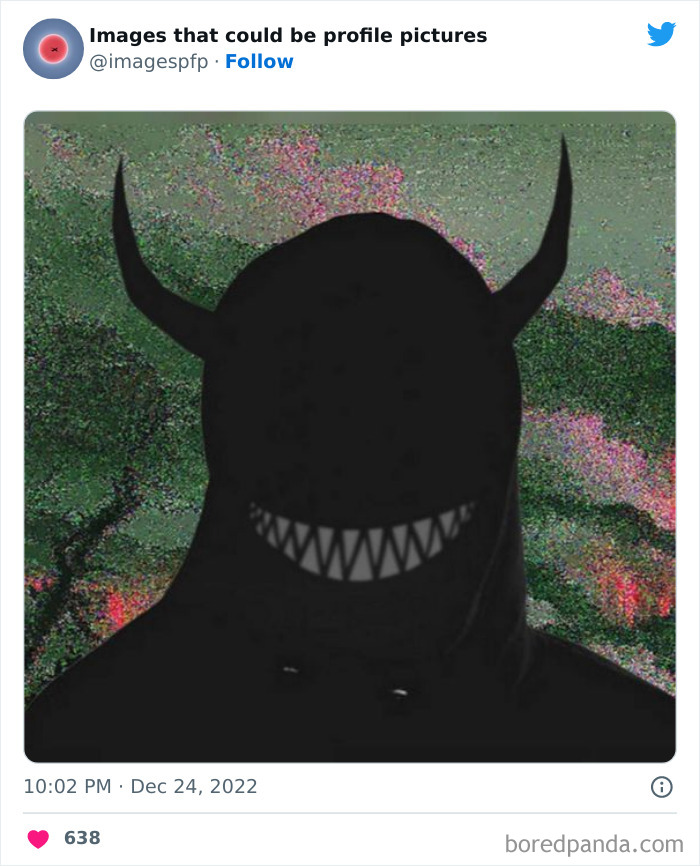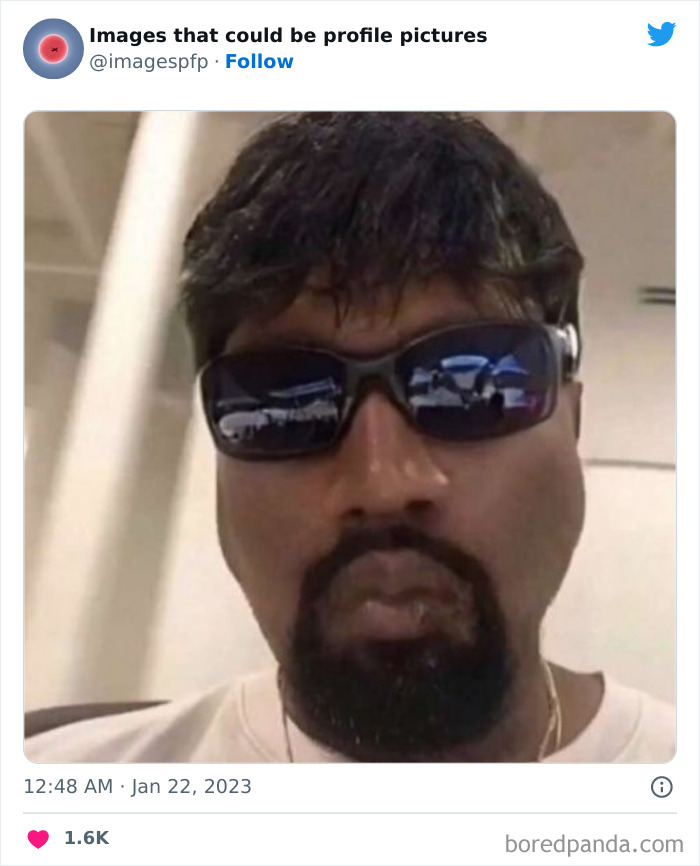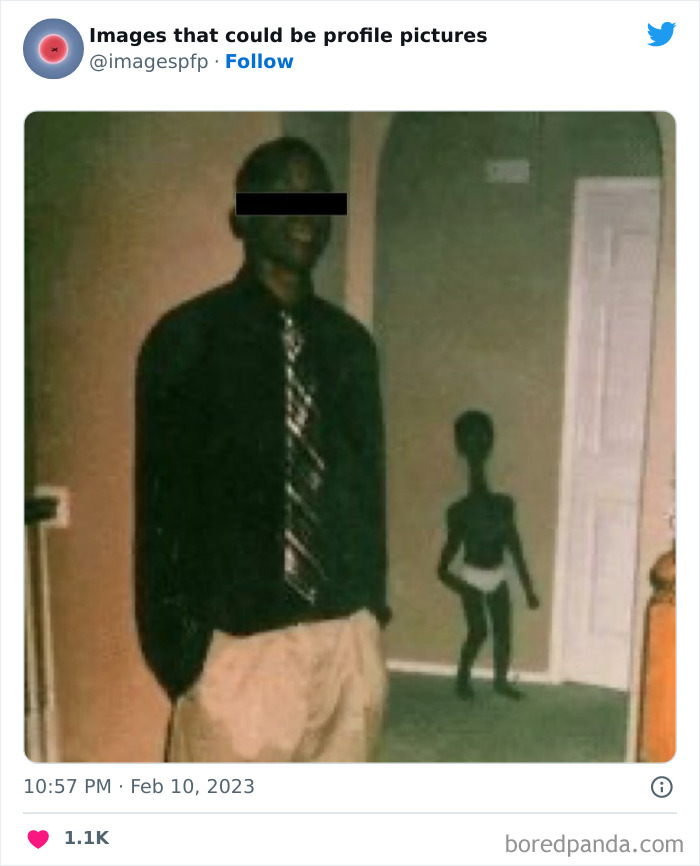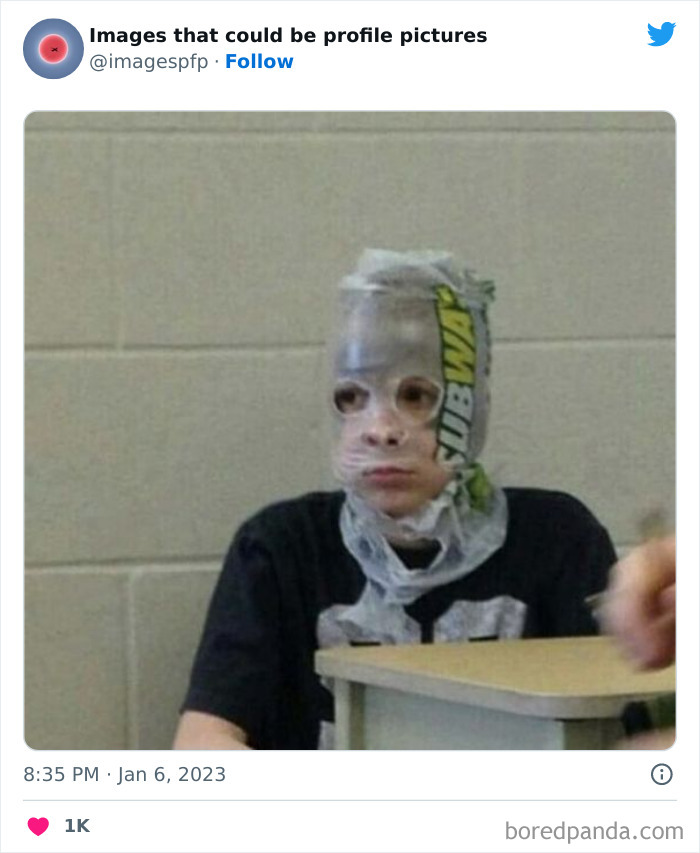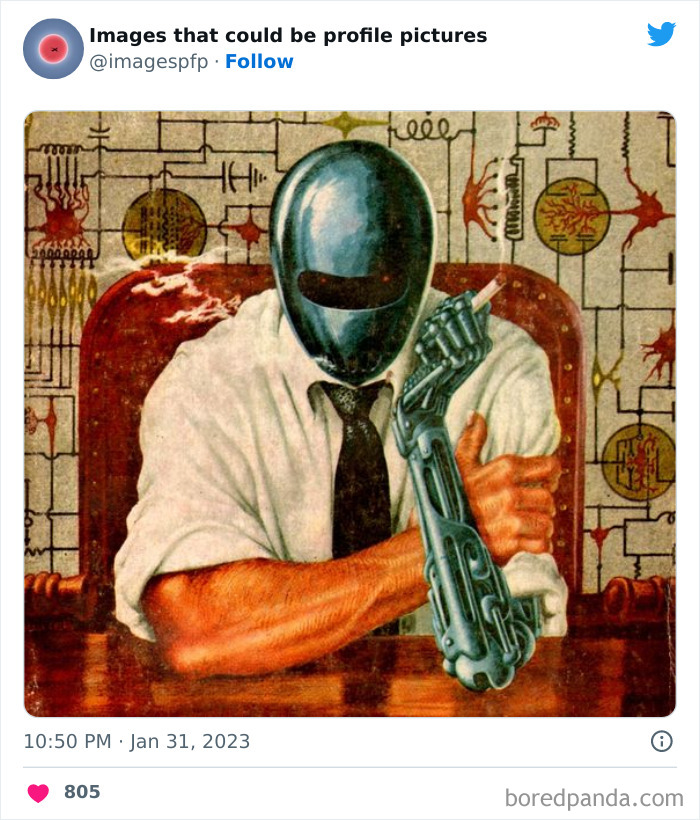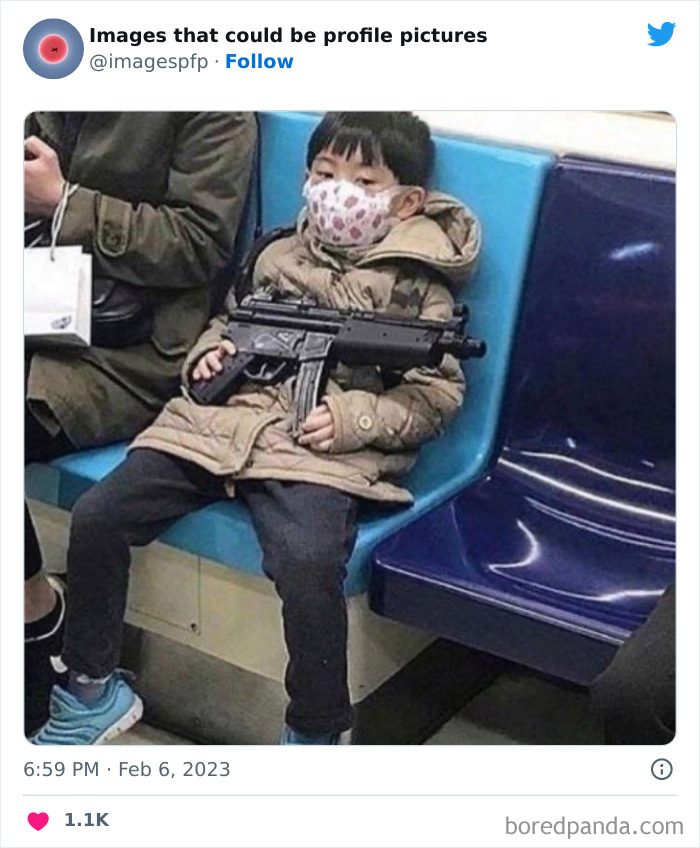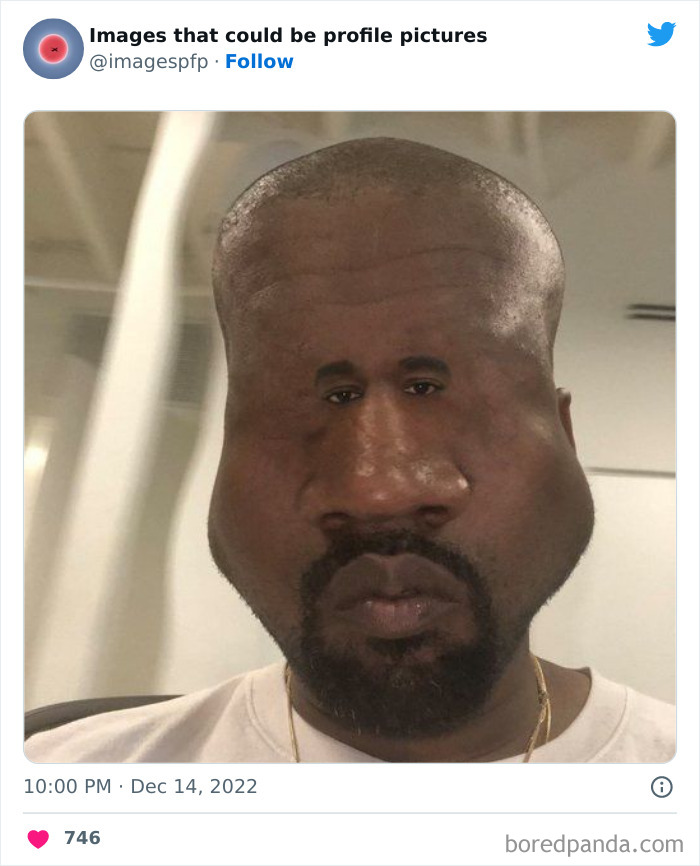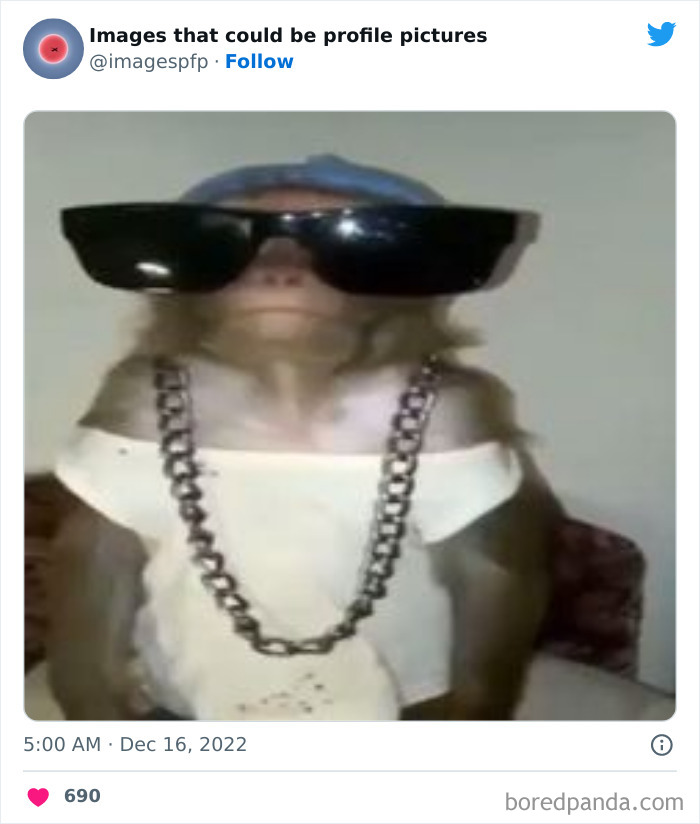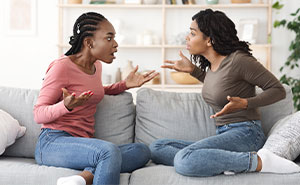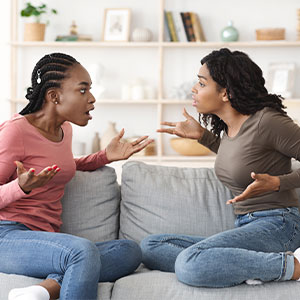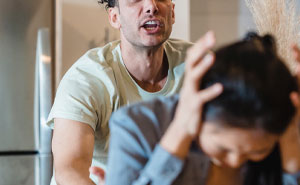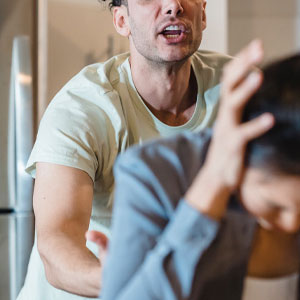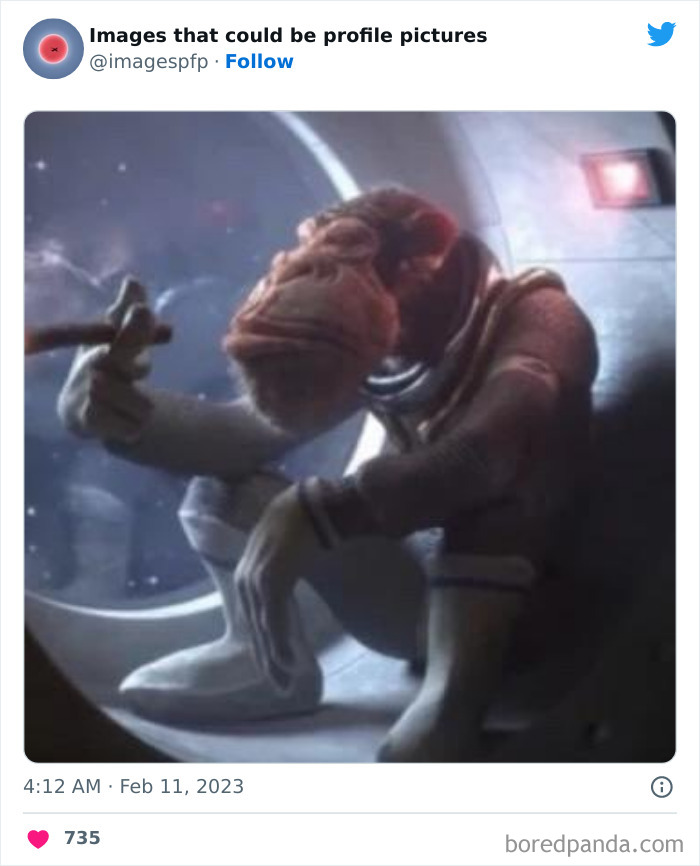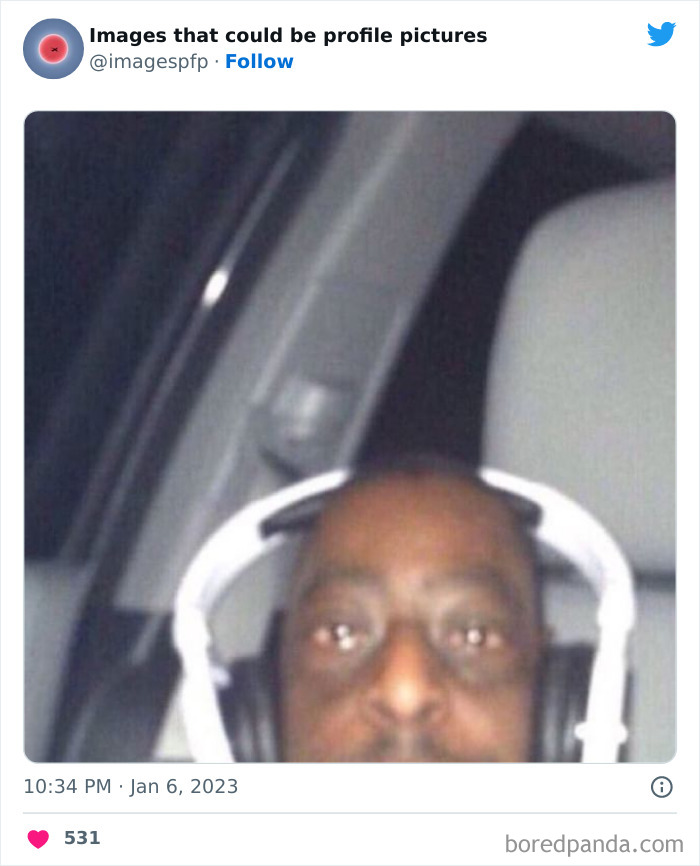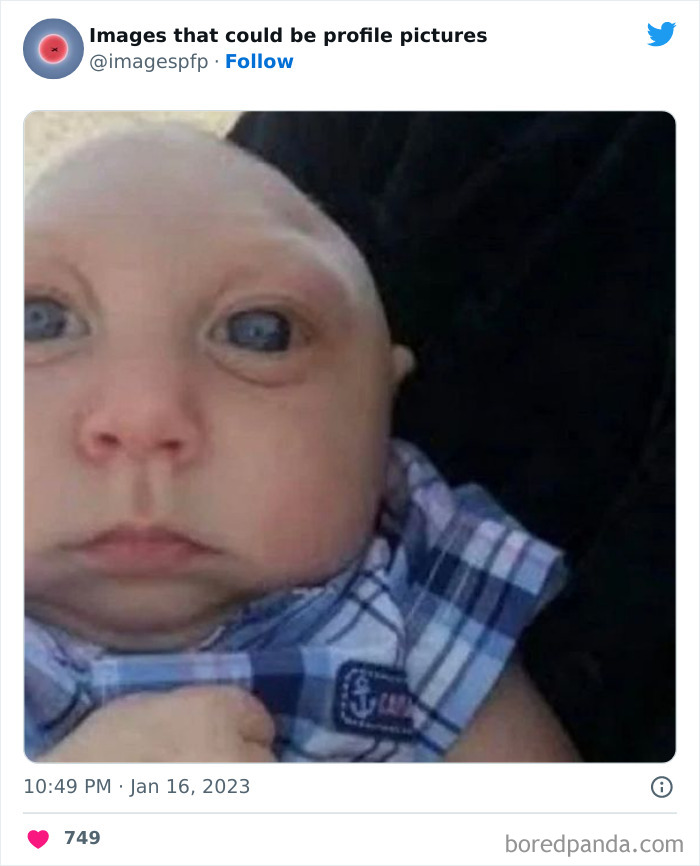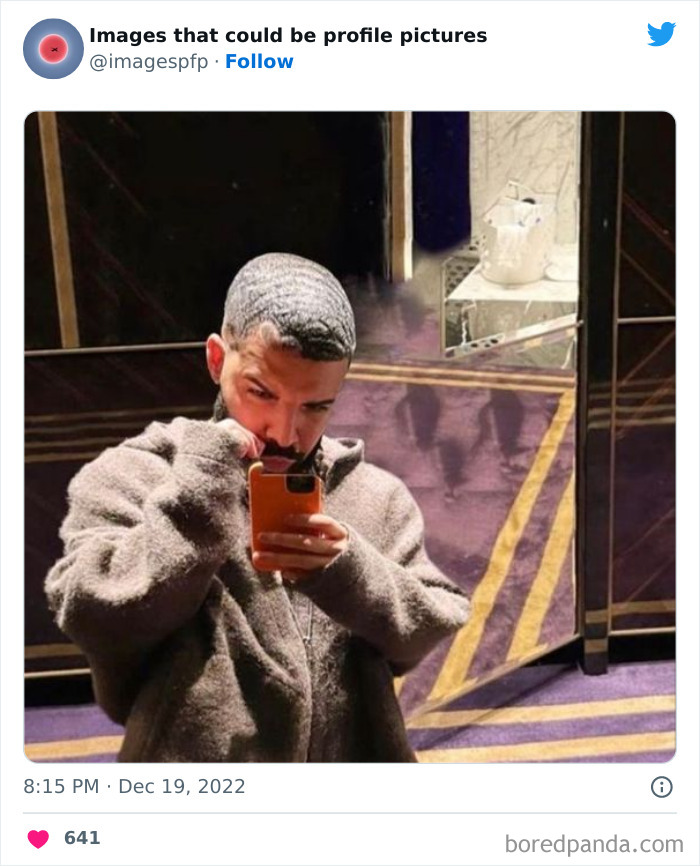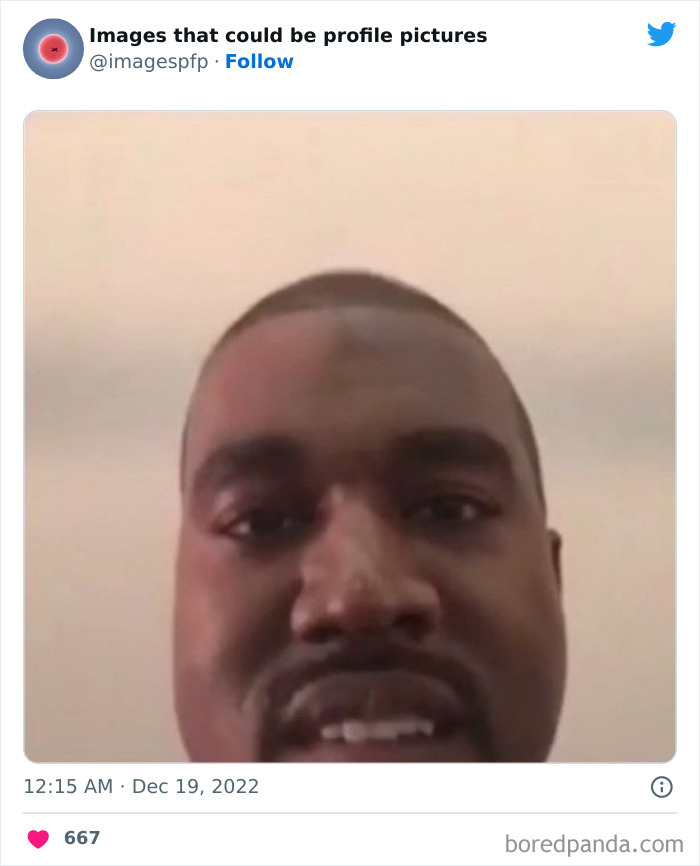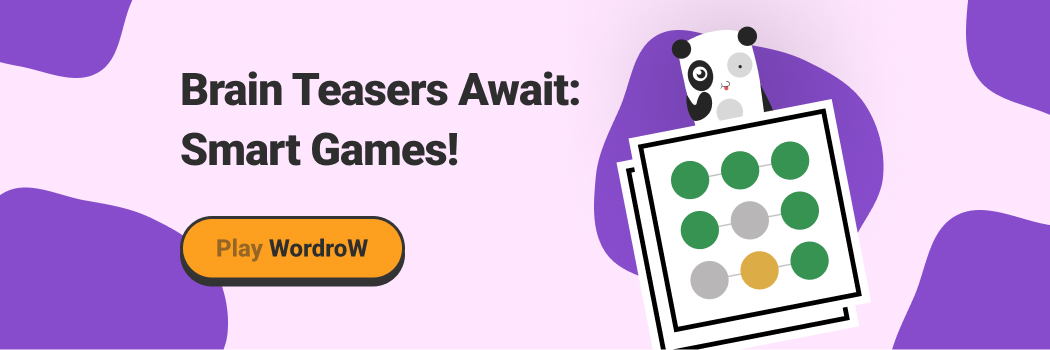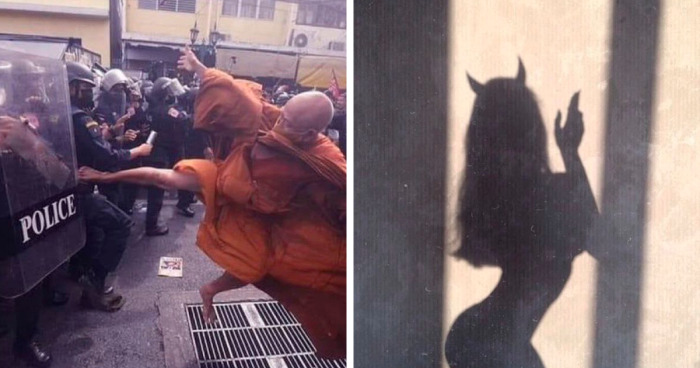
30 Of The Weirdest And Funniest Pics Shared On The “Images That Could Be Profile Pictures” Twitter Page
Making an online profile is deceptively hard. Even though all you need is a short bio and a picture you like, you are competing against literally millions of other accounts in a never-ending war for attention. It can be hard to stand out or even find a way to actually represent yourself. Finding something unique can also be hard, the internet has a reported 750 billion pics on it.
Fortunately, there are people online who work to curate all the best selections so we don’t need to sift through billions upon billions of pics. The “Images that could be profile pictures” Twitter account is pretty self-explanatory. So scroll down and upvote and maybe save your favorites, and be sure to comment on any that really stood out to you.
This post may include affiliate links.
Depending on the setting, a profile might require just a picture of you. You don’t have to upload a headshot to LinkedIn, but it will probably help. Similarly, official documentation will be pretty clear about what sort of images are necessary, including additional rules about glasses, hair position, and other features. So it’s no wonder that many people choose something different, where they can. After all, most pandas on Bored Panda don’t just use professional headshots to represent themselves.
For practical reasons, the headshot, used in Hollywood and the modeling world, is still considered the best way to convey what a person’s face looks like. This is why the authorities will use a similar composition in mug shots, though there they can still make the person turn a bit to capture what their side profile looks like. The earliest mug shots go back to the 1840s, an unfortunately dour application of what was then quite novel technology.
Even if a person chooses to have their own face or body in the image, there is still a lot of room to get creative. Often the picture choices one makes reflect the individual's personality, even if they aren’t aware of it. People who exhibit more neuroticism might try to hide parts of their face, with their hands, or hair, or even creative framing of the image. The choice of focus and color can also come down to our subconscious. People who exhibit more agreeable tendencies often have colorful, but somewhat blurry profile pics.
Even who is holding the camera can say something about you. A recent study found that people who took self-photographs, which do include the much easier-to-say selfie, tend to report higher life satisfaction. The research suggests that people who use their own image online are happier with themselves, in other words, their offline and online representations are more consistent. After all, you can’t control how you are seen in the real world, but you can online.
Do you have a moment to talk about our lord and savior Jesus Christ? Hey wait no! Don't run from the Lord!
Hello! Is there anybody in there? Just nod if you can hear me. Is there anyone home?
Other research suggests that the desire to constantly change one's self-representation can be a sign of mental illness or unhappiness. Since it’s a lot harder to hide information about one's self offline, as that requires everything from a new wardrobe to a new career, most people prefer to modify their online self-representation. Internet users already only see what one lets them see, so it’s possible to create and easily modify a persona online.
In general, men tend to use more reflective photographs of themselves when compared to women. This doesn’t necessarily reflect higher life satisfaction, as men often choose to put less effort into their pictures. Similarly, women, suffer more mental health issues from social media in general, so it can be harder to judge the influence of profile images on their life satisfaction in general since there are more factors at play.
Younger people, who are at this point digital natives, are more open to non-representative profile images, meaning that they would be more willing to take a picture from this list to use on their page. This can partially be because the offline and online self-representation of adolescents is in such disharmony. As a result, they don’t feel a need to represent themselves online. Unfortunately, social media does also have a pretty negative effect on adolescents' mental health, and this disharmony between offline and online representation could serve as an indicator of why.
How my work sees me: Clown, How my family sees me: Maid, How my brain sees me: Dude you need an alcohol break xD

 Dark Mode
Dark Mode  No fees, cancel anytime
No fees, cancel anytime 




